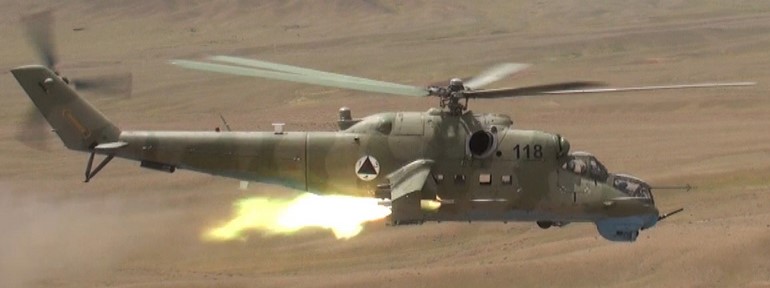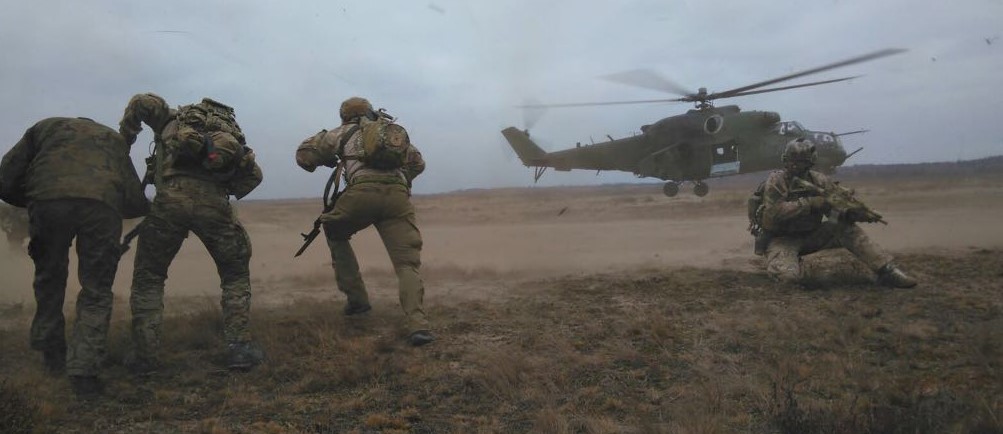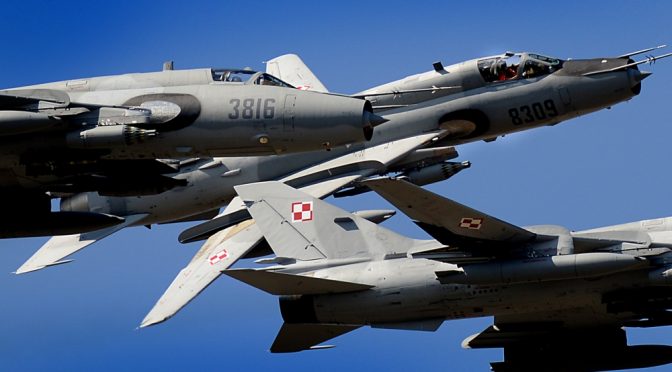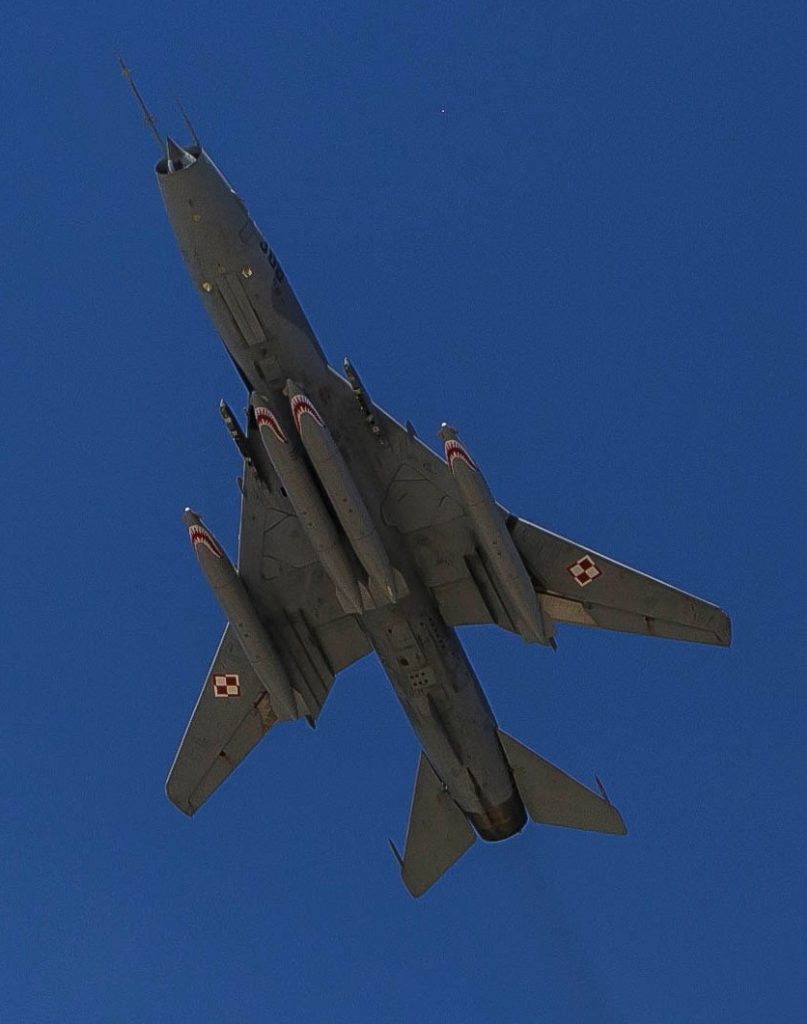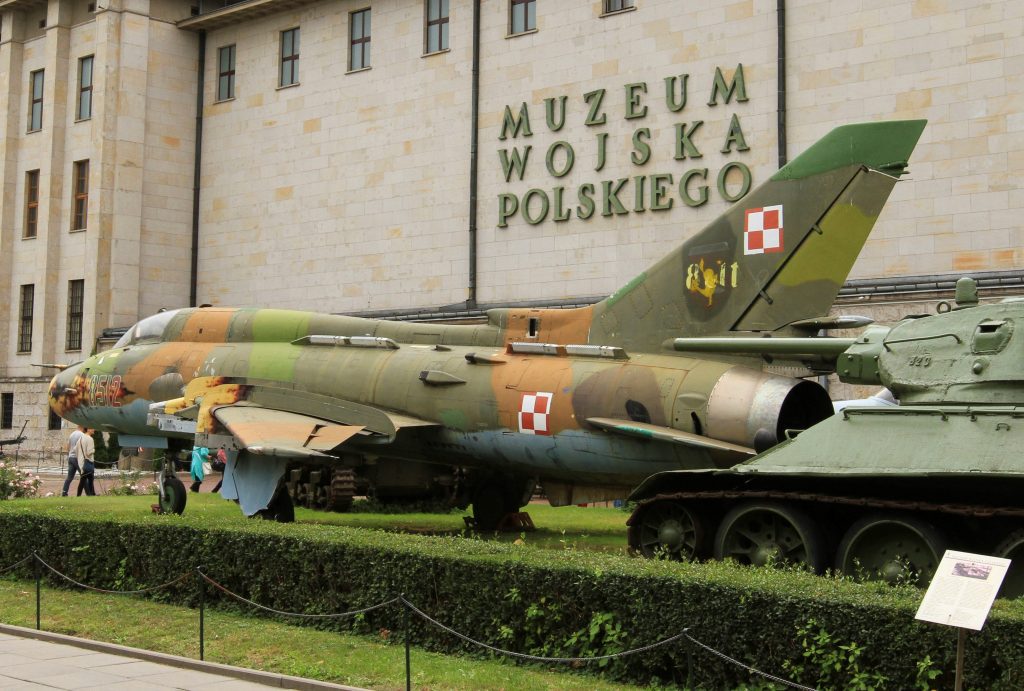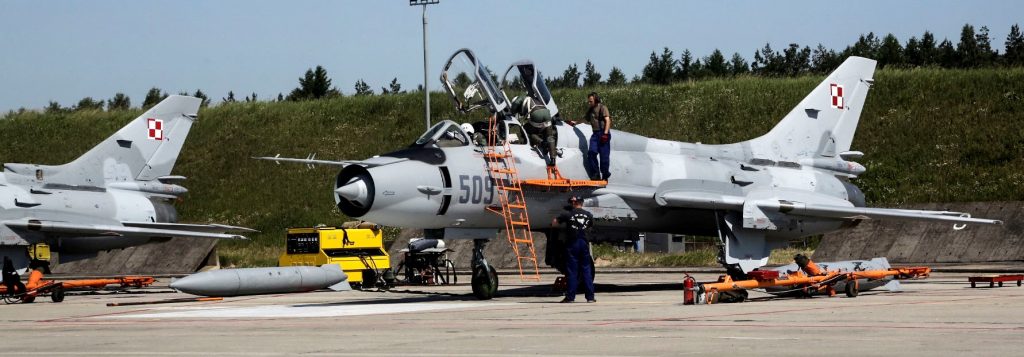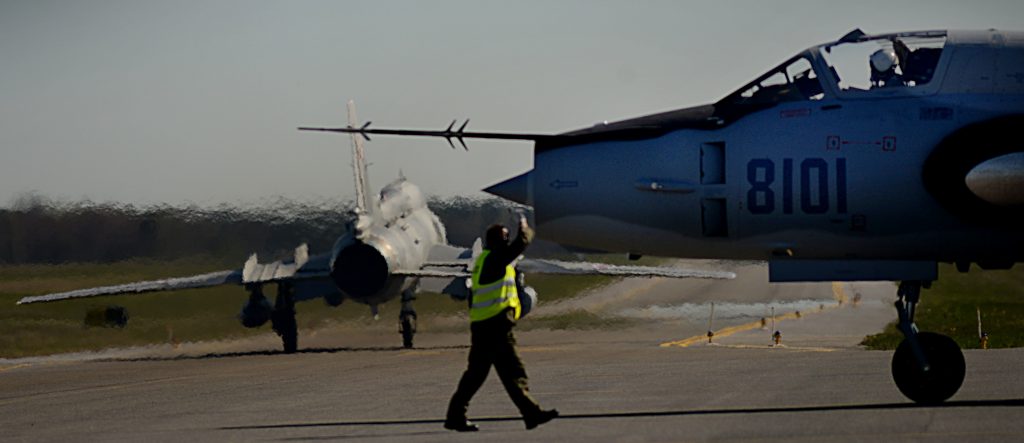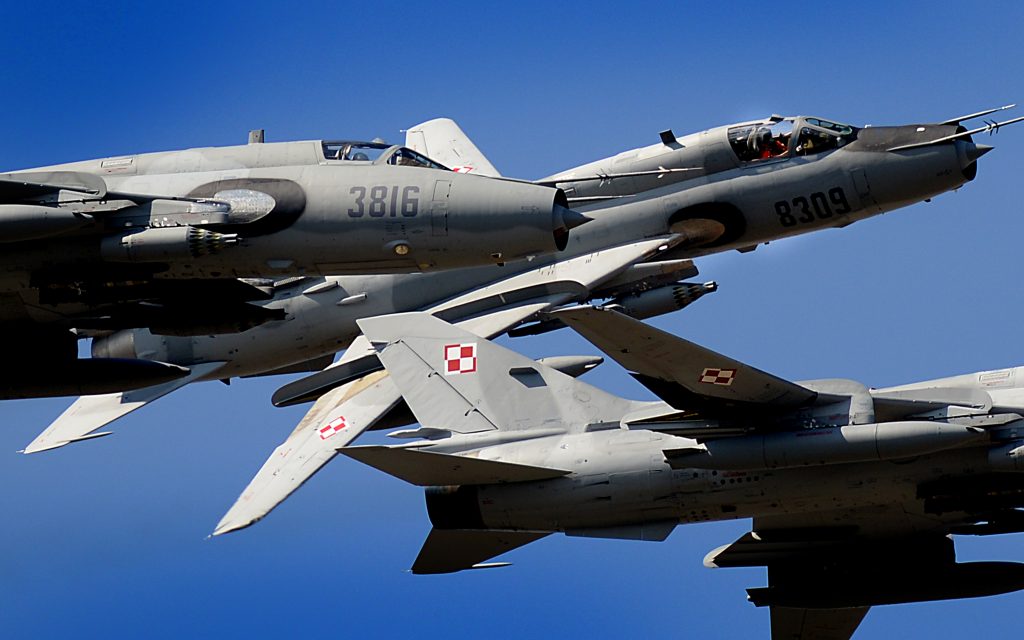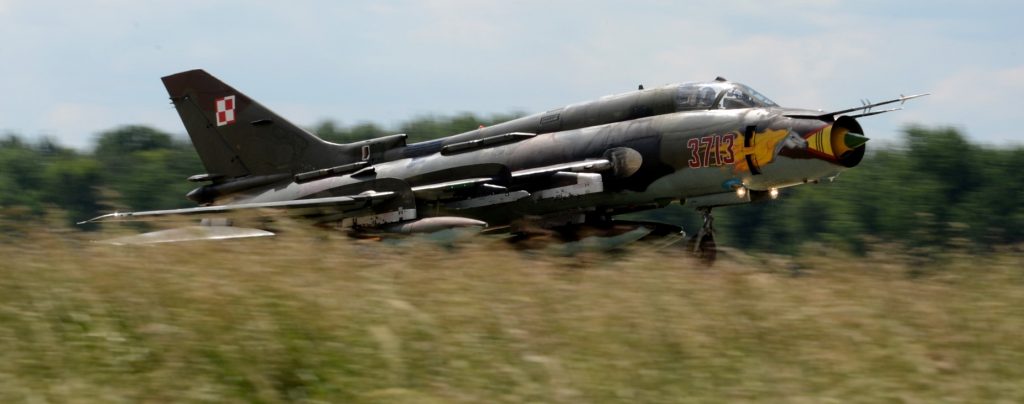The Lighter Amphibious Resupply Cargo-5 tons capacity (LARC-V) was developed by the U.S. Army in the 1950s. Just short of 1-thousand of the aluminum hulled boat-trucks were made, almost half being intentionally destroyed as the United States ended its occupation of Vietnam. About 1-hundred are now privately owned. Perhaps in response to concerns about climate change, the U.S. Navy ordered a SLEP (Service Life Extension Program) refurbishment of the versatile LARC-5, and since 2006 has accepted 42 of the upgraded decades old swimming trucks.
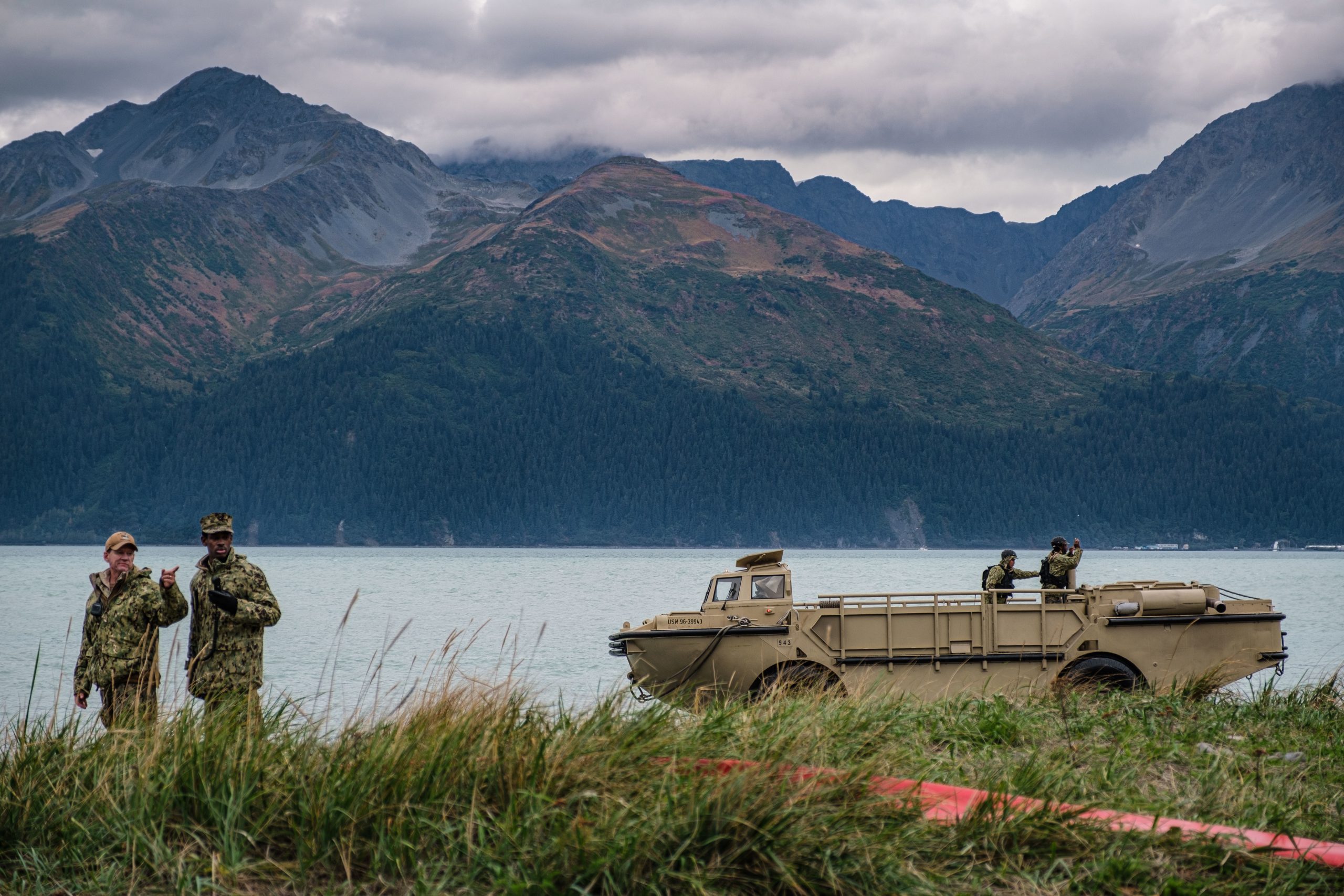
U.S. Navy photo by Senior Chief Mass Communication Specialist Brandon Raile, 17SEP2019.
In September 2019, the U.S. Navy used LARC-5 Duck Boats to transport equipment that would allow Navy ships to transfer fuel oil to Alaskan villages onshore. It’s part of preparations for an expected major natural disaster that could cut-off remote villages along the U.S. Pacific coast.
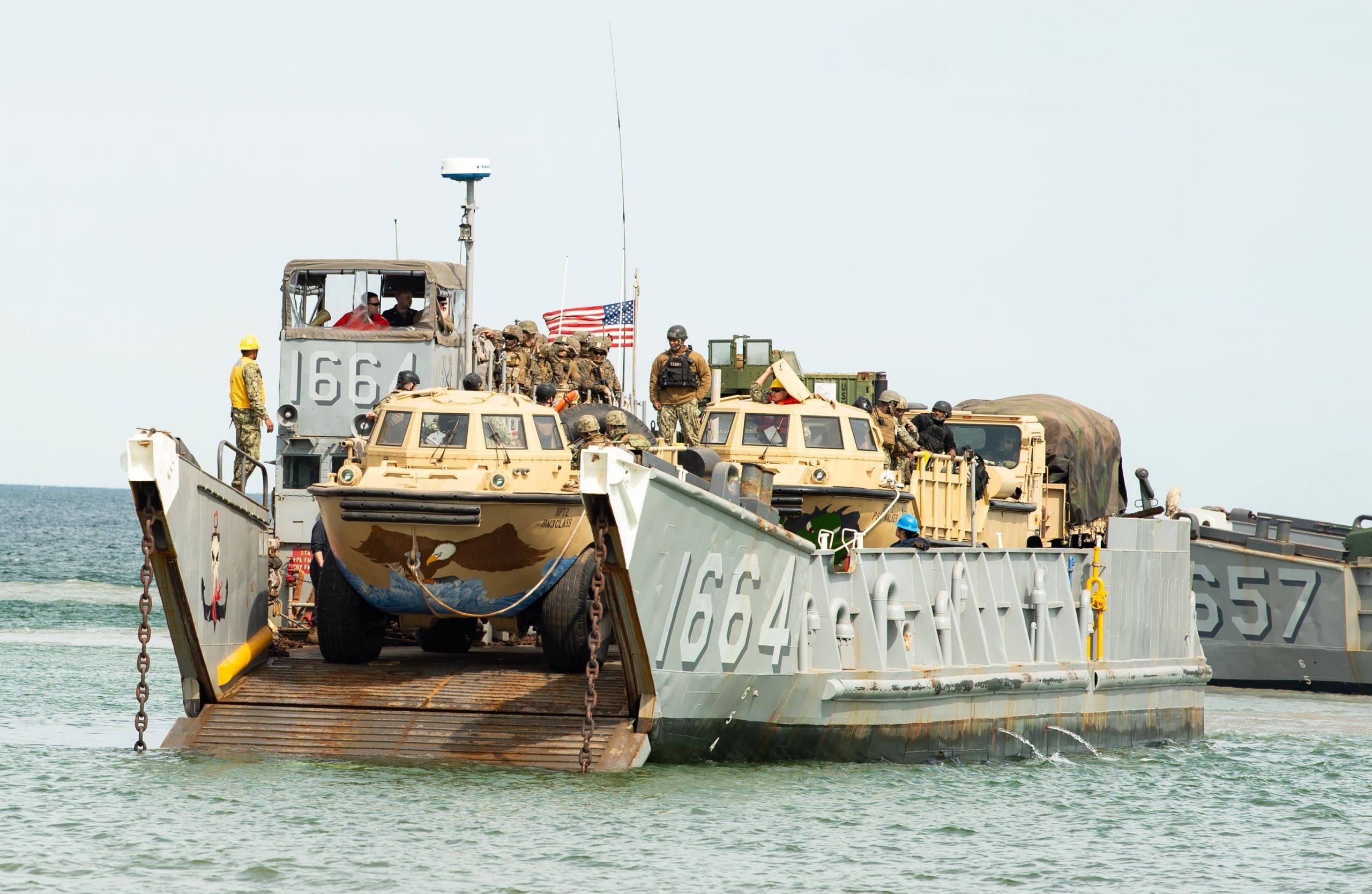
USN photo by Mass Communication Specialist Third Class Jack D. Aistrup, 12JUN2019.
Landing Craft Utility (LCU) ship with a couple of boat trucks during Baltic Operations (BaltOps) 2019.
Video of boat-truck (Duck Boat) actions on Kallaste Beach, NATO-Estonia, during BaltOps 2019:
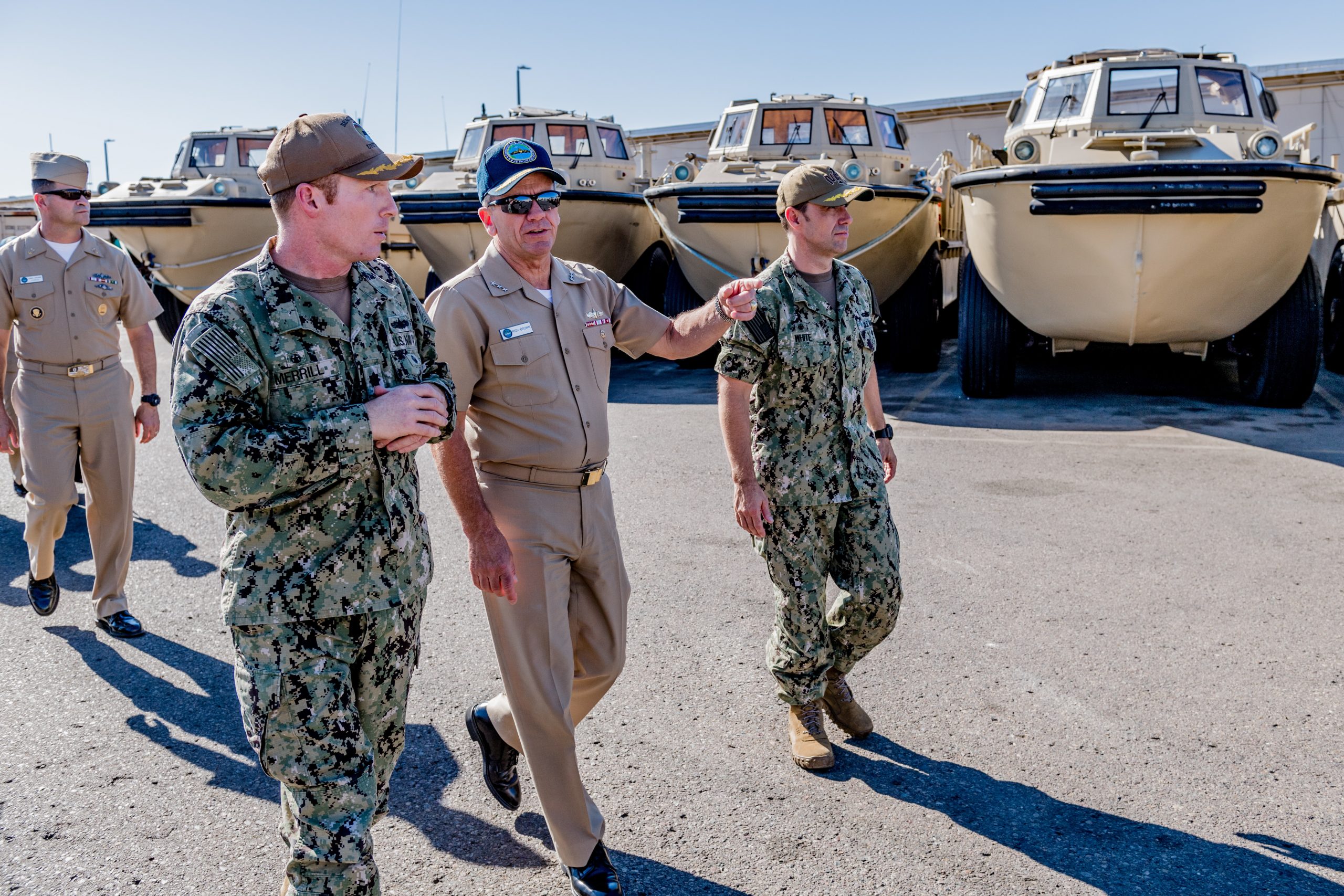
USN photo by Mass Communication Specialist Second Class Jacob I. Allison, 19OCT2018.
Vice Admiral Richard Brown, then Commander of Naval Surface Force-U.S. Pacific Fleet, inspects the increasingly relevant (despite their old age) LARC-5s in San Diego, California, October 2018.
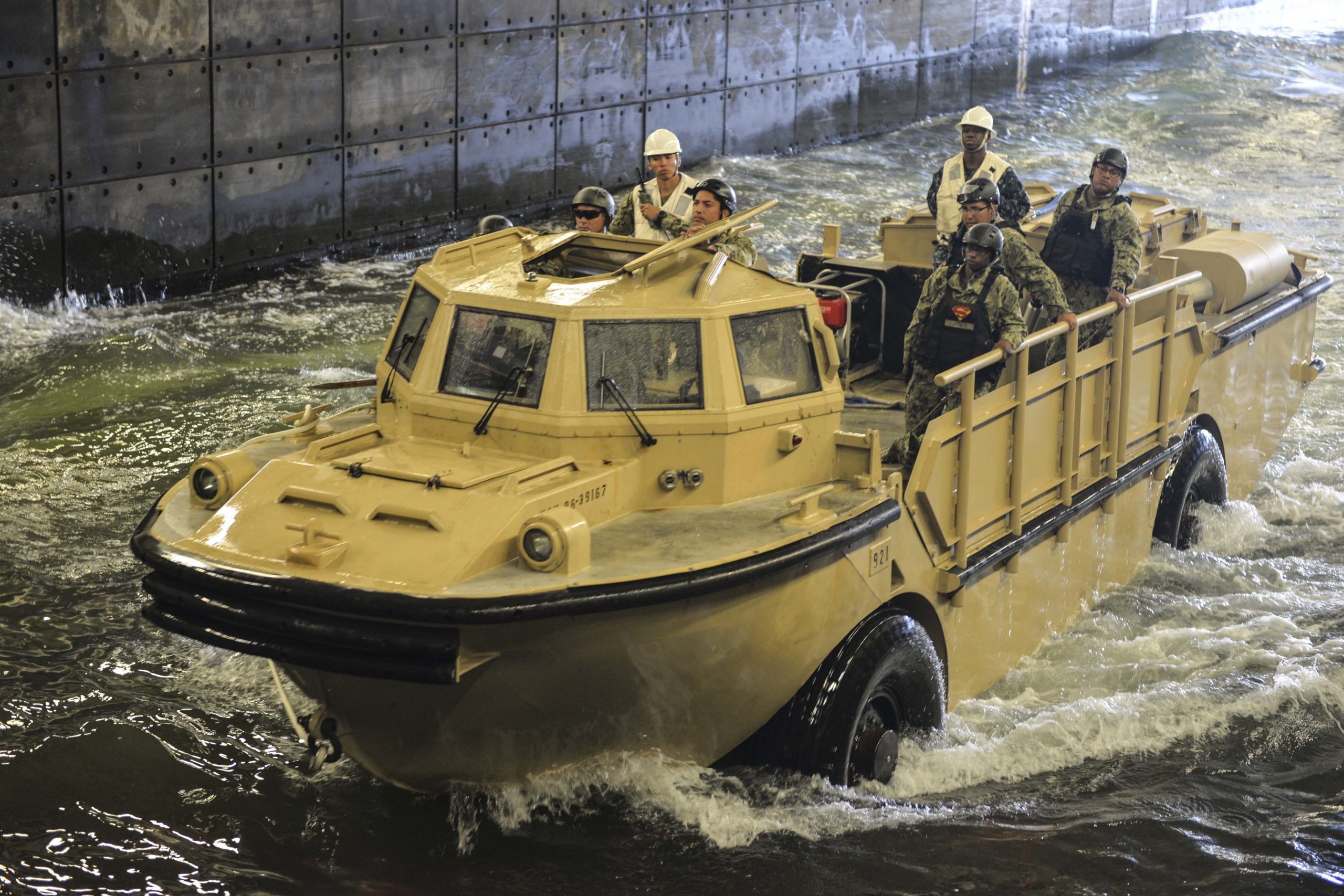
USN photo by Mass Communication Specialist Seaman Jacob Owen, 14JUL2017.
Inside the Wasp-class amphibious assault ship USS Essex (LHD 2), July 2017.
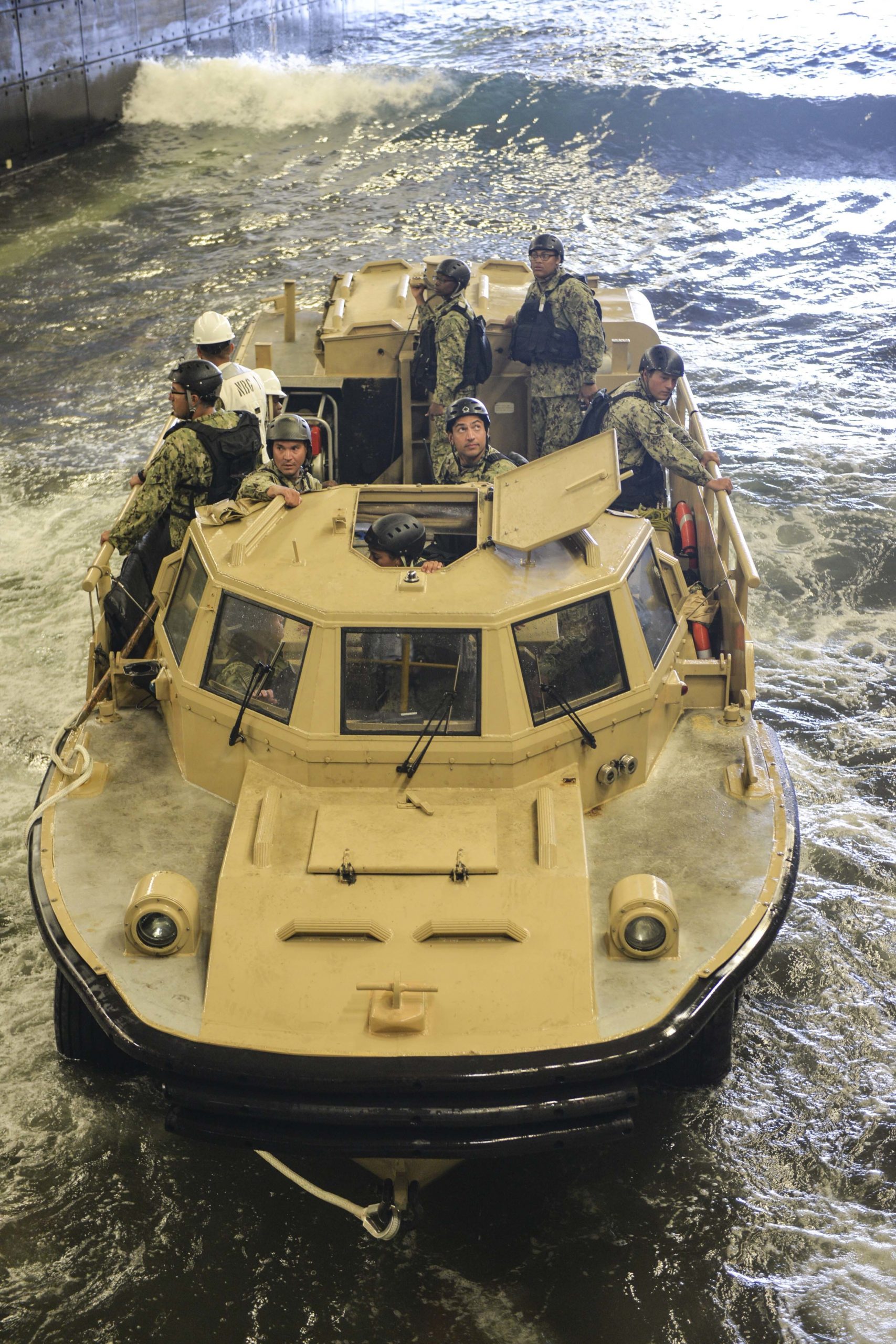
USN photo by Mass Communication Specialist Seaman Jacob Owen, 14JUL2017.
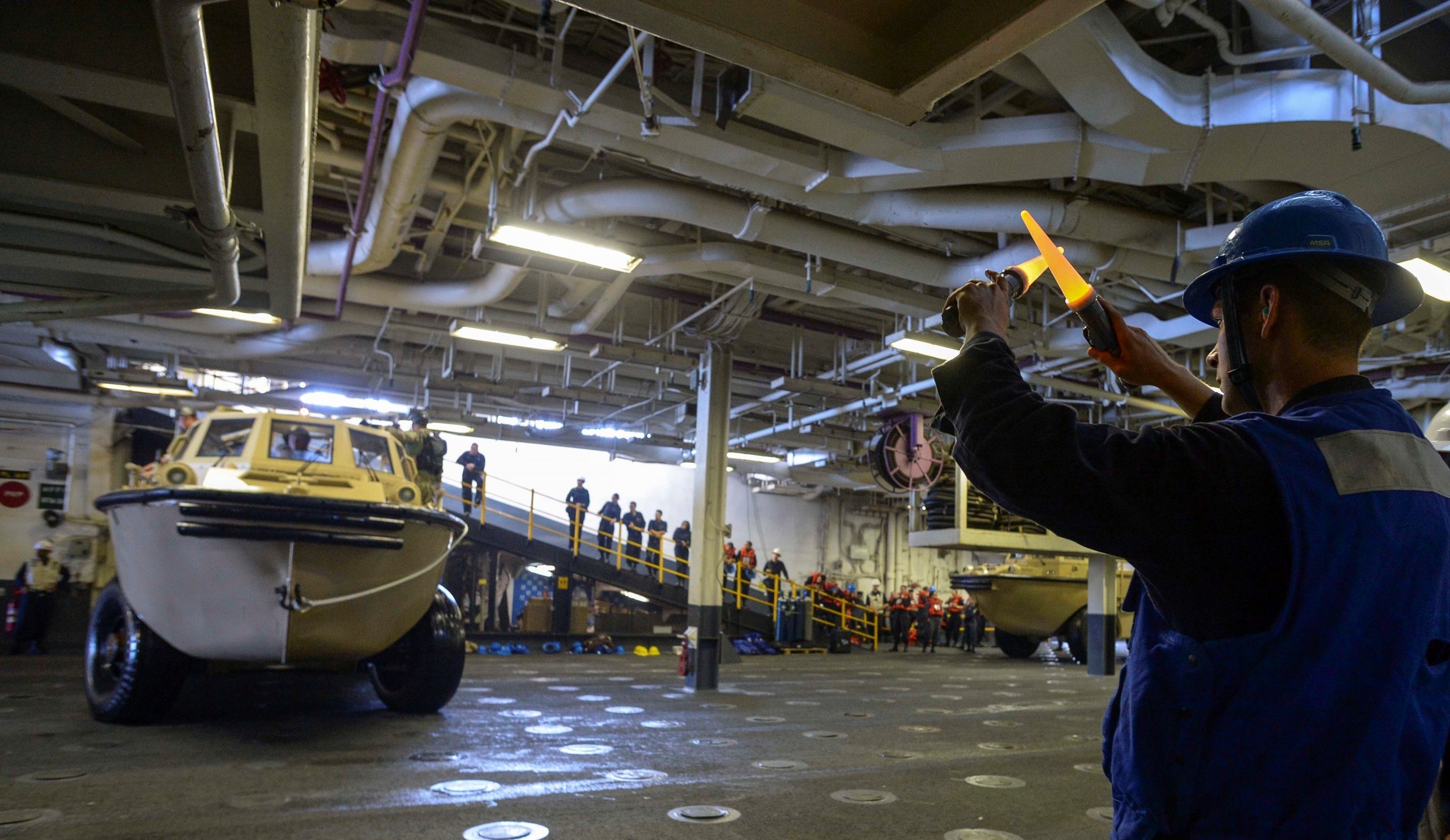
USN photo by Mass Communication Specialist Seaman Sabyn L. Marrs, 14JUL2017.
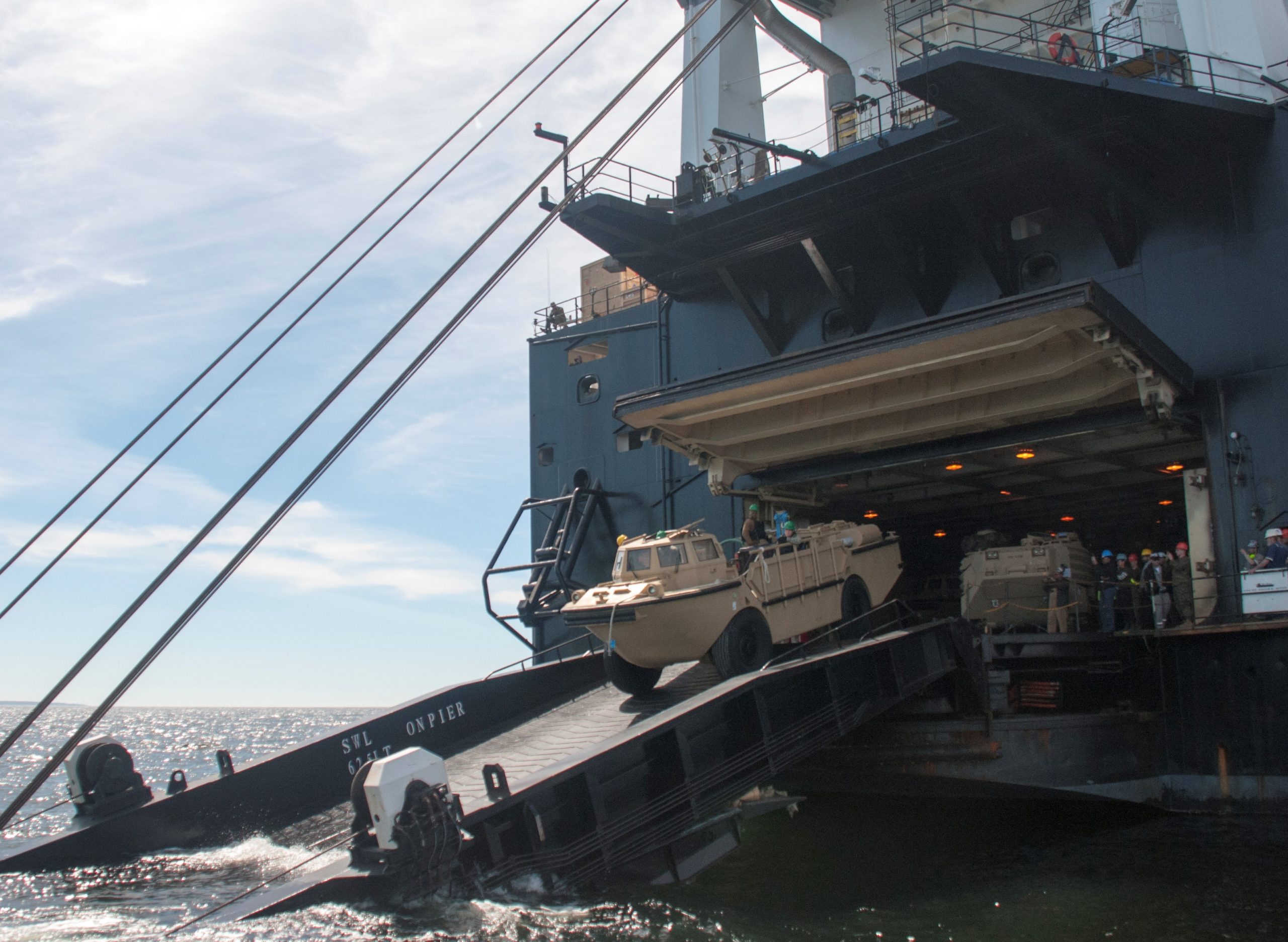
USN photo by Mass Communications Specialist Third Class Kenneth Gardner, 22MAY2017.
May 2017, launching a LARC-5 from astern the USNS SGT WILLIAM R. BUTTON during NATO’s Saber Strike 17, in Latvia.
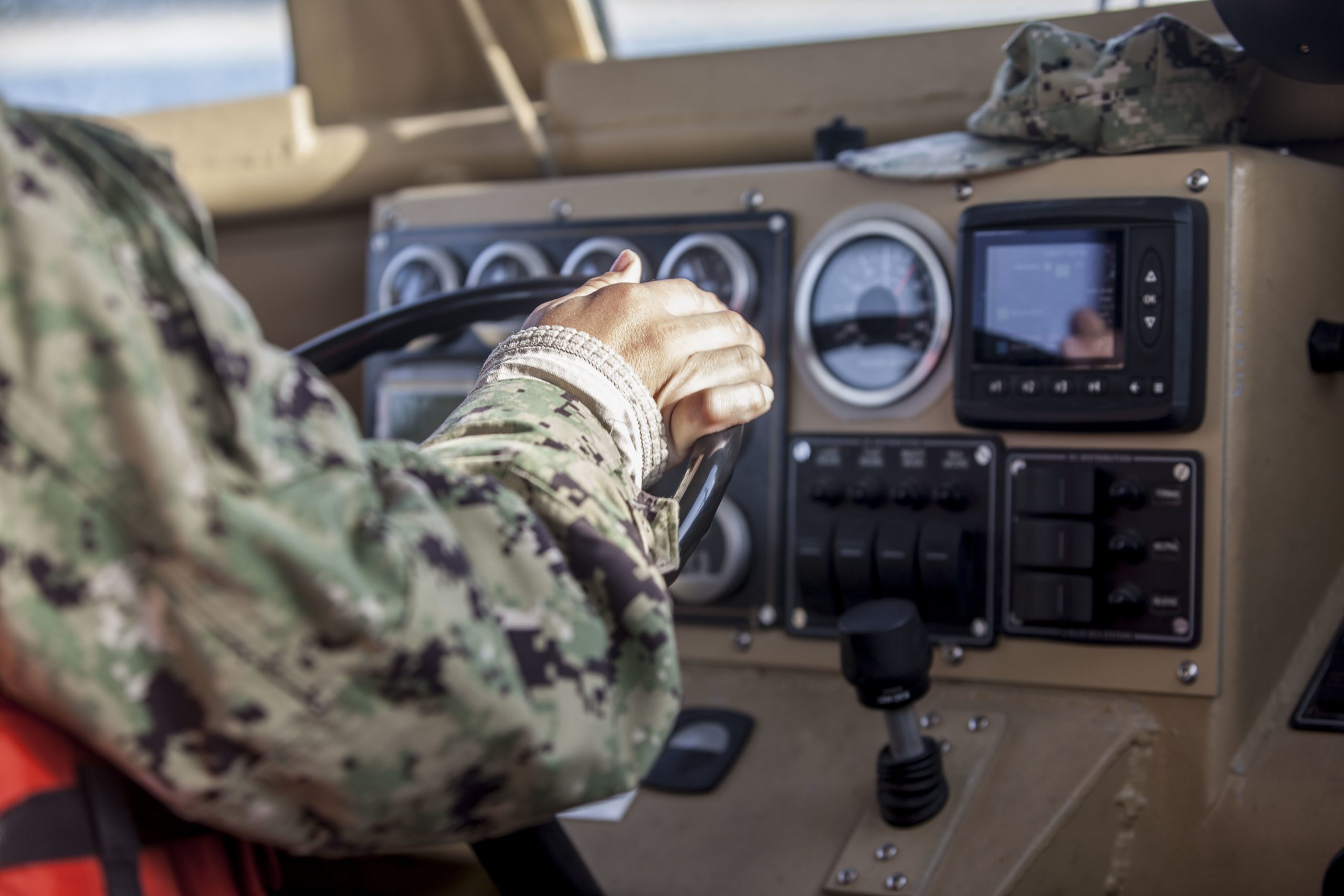
U.S. Marine Corps photo by Lance Corporal Ricardo Davila, 22MAY2017.
Driver’s position.
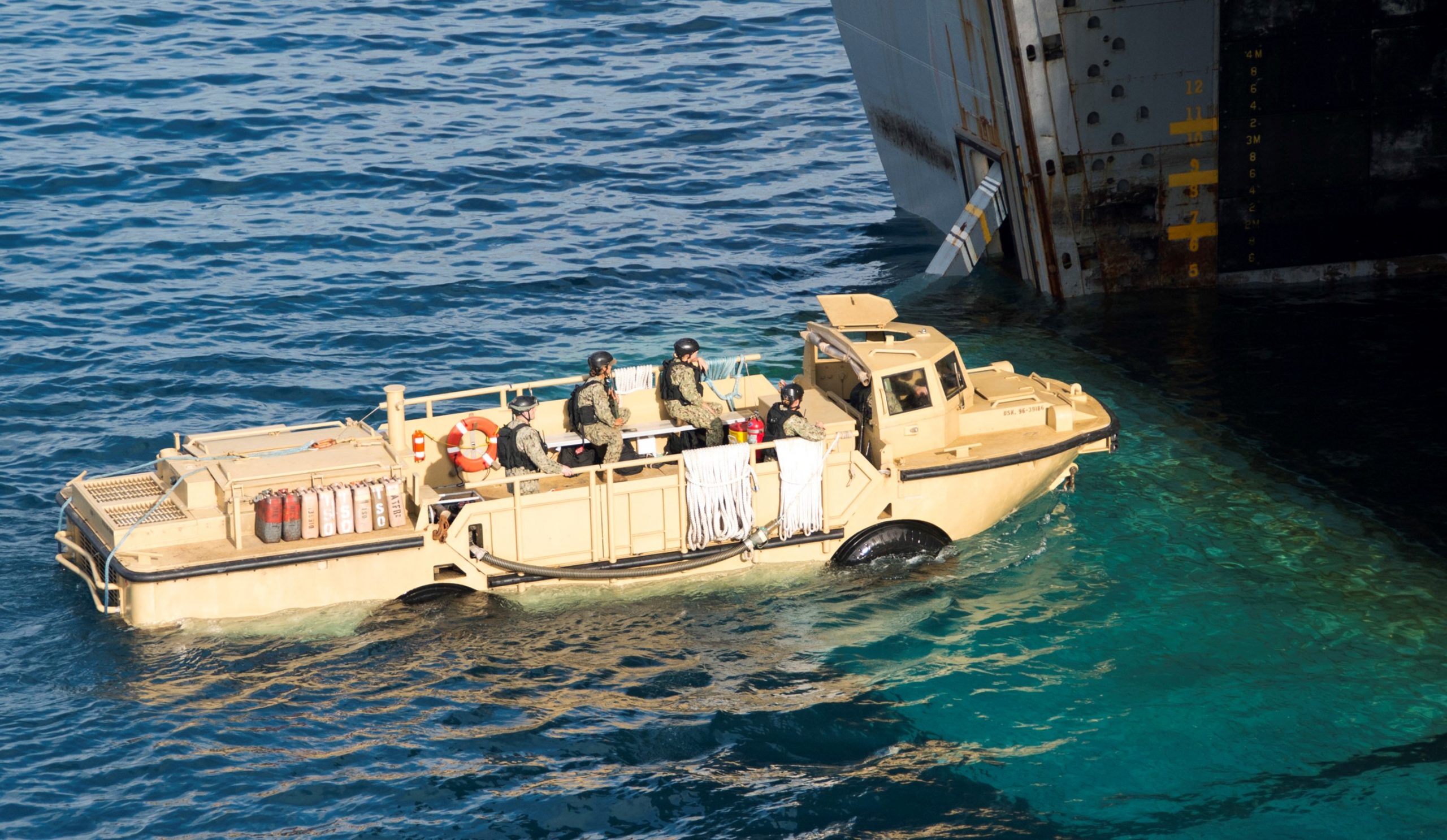
USN photo by Petty Officer Third Class Jeanette Mullinax, 29OCT2016.
Entering the well deck of amphibious transport dock ship USS Green Bay (LPD 20), October 2016.
Video, LARC-5s coming aboard USS Iwo Jima (LHD 7) via an LCU, October 2016:
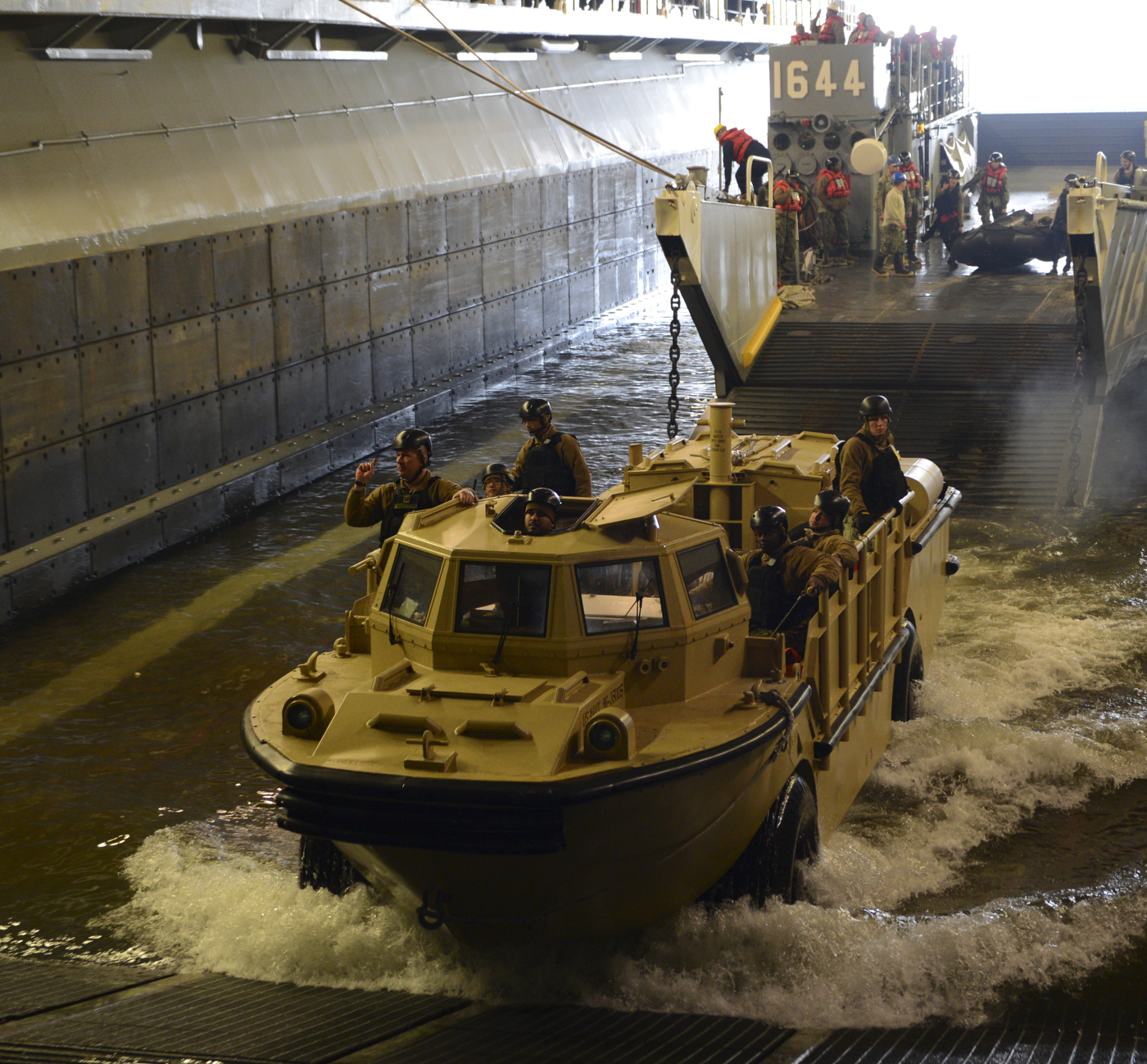
USN photo by Mass Communication Specialist Third Class Raymond Minami, 22MAR2016.
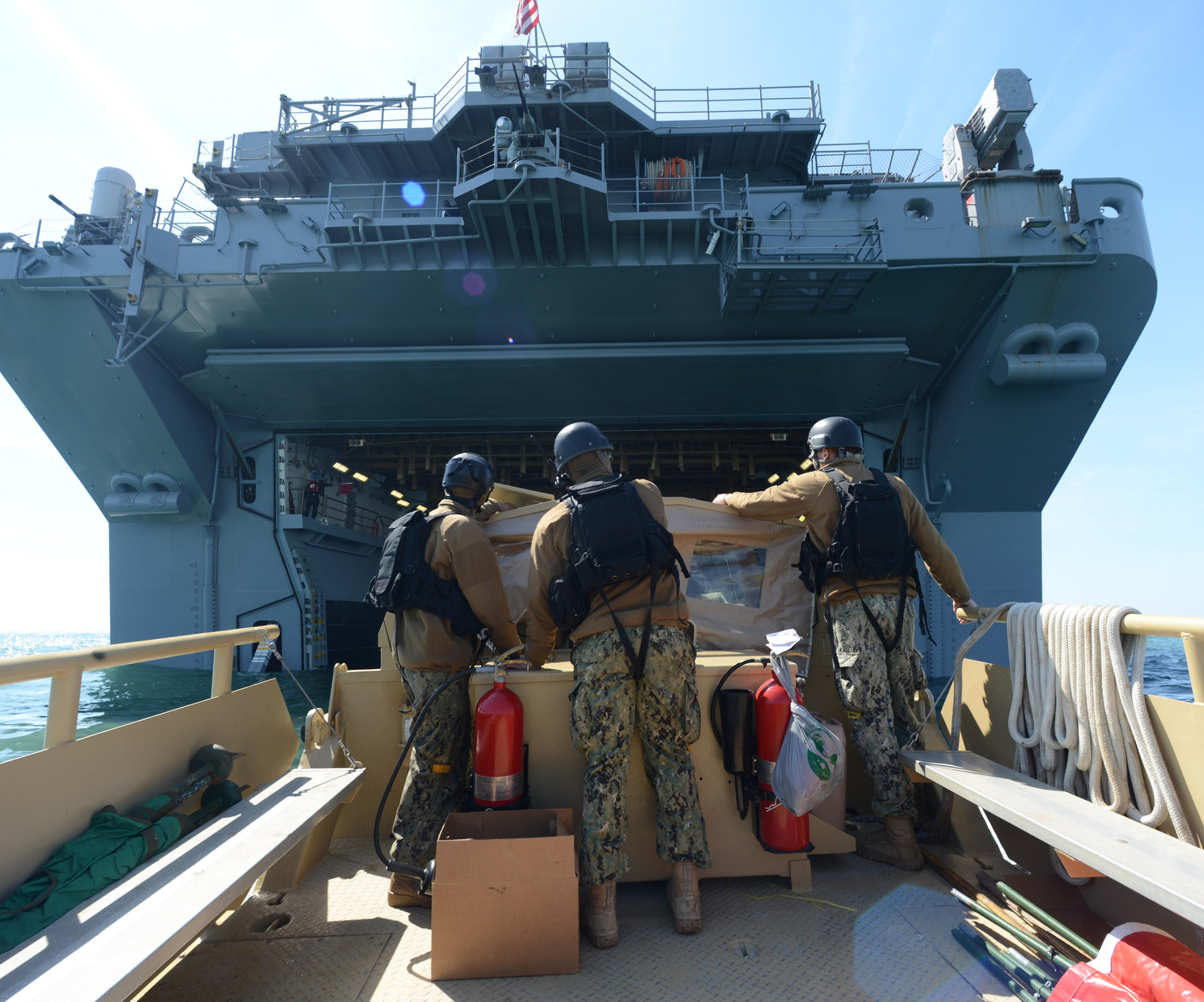
USN photo by Mass Communication Specialist Third Class Raymond Minami, 23MAR2016.
Entering USS Bataan (LHD 5), March 2016.
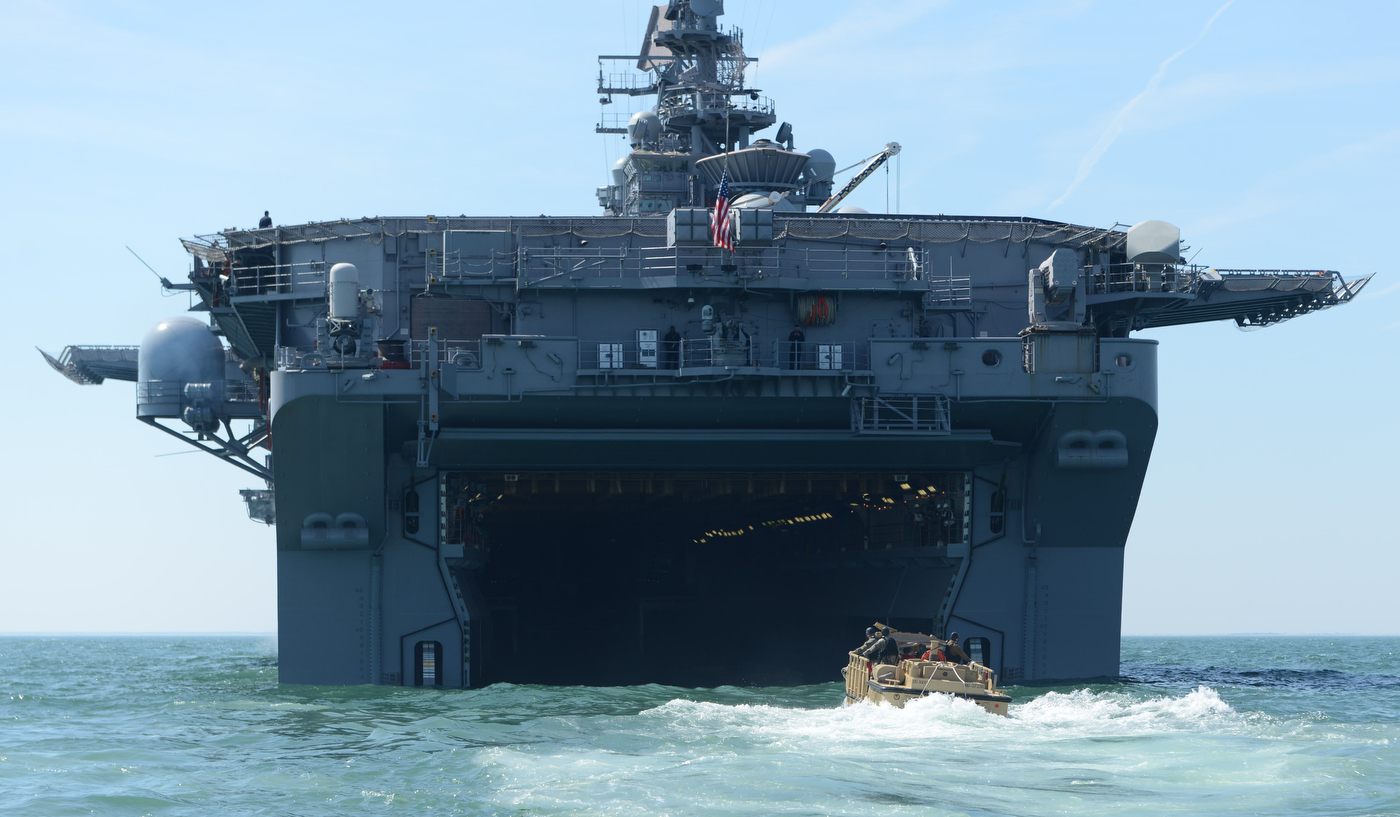
USN photo by Mass Communication Specialist Third Class Raymond Minami, 23MAR2016.
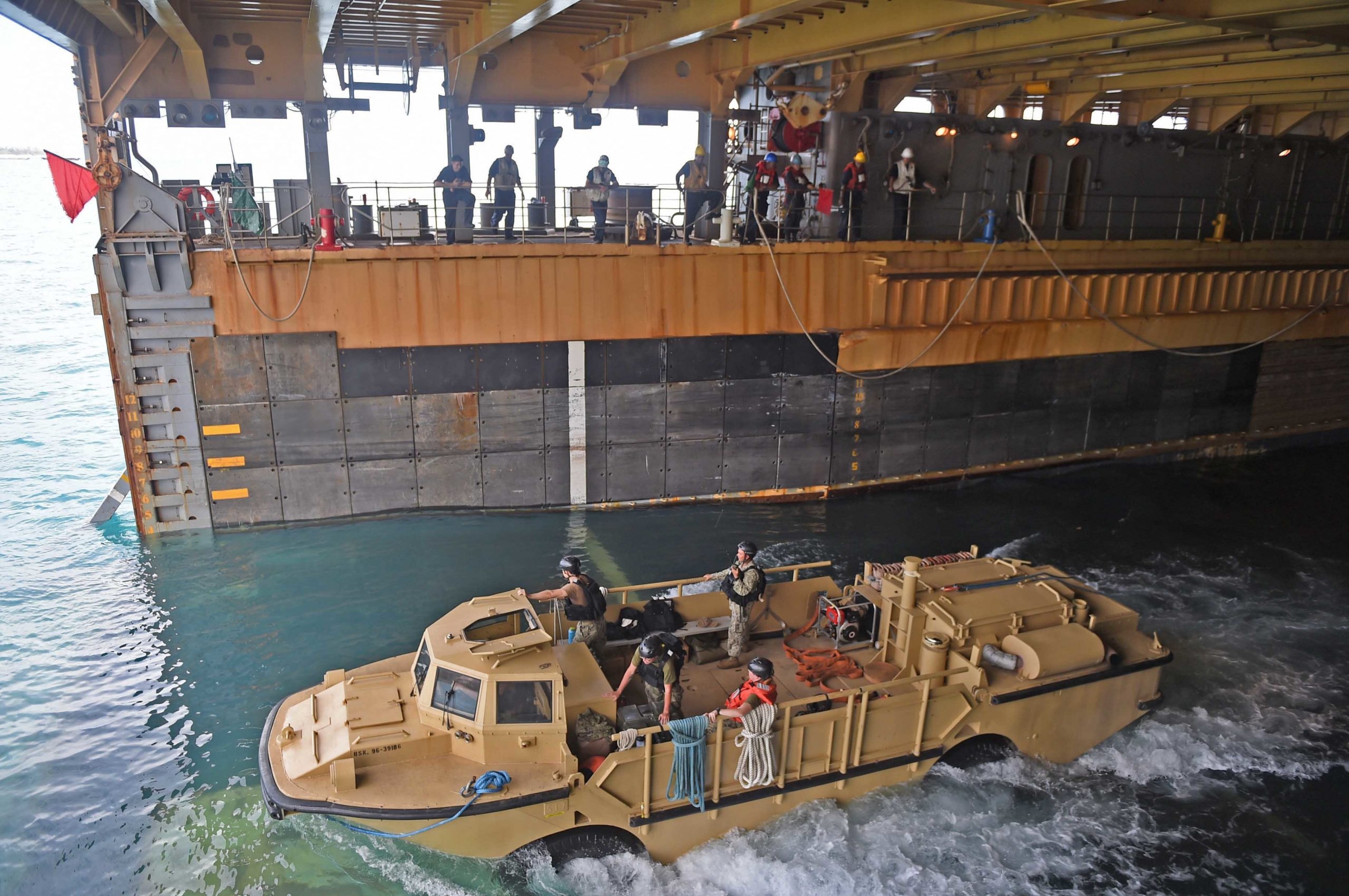
USN photo by Mass Communication Specialist Third Class David A. Cox, 13AUG2015.
In August 2015, LARC-5s were used to help survivors of Typhoon Soudelor, on the Marshal Islands.
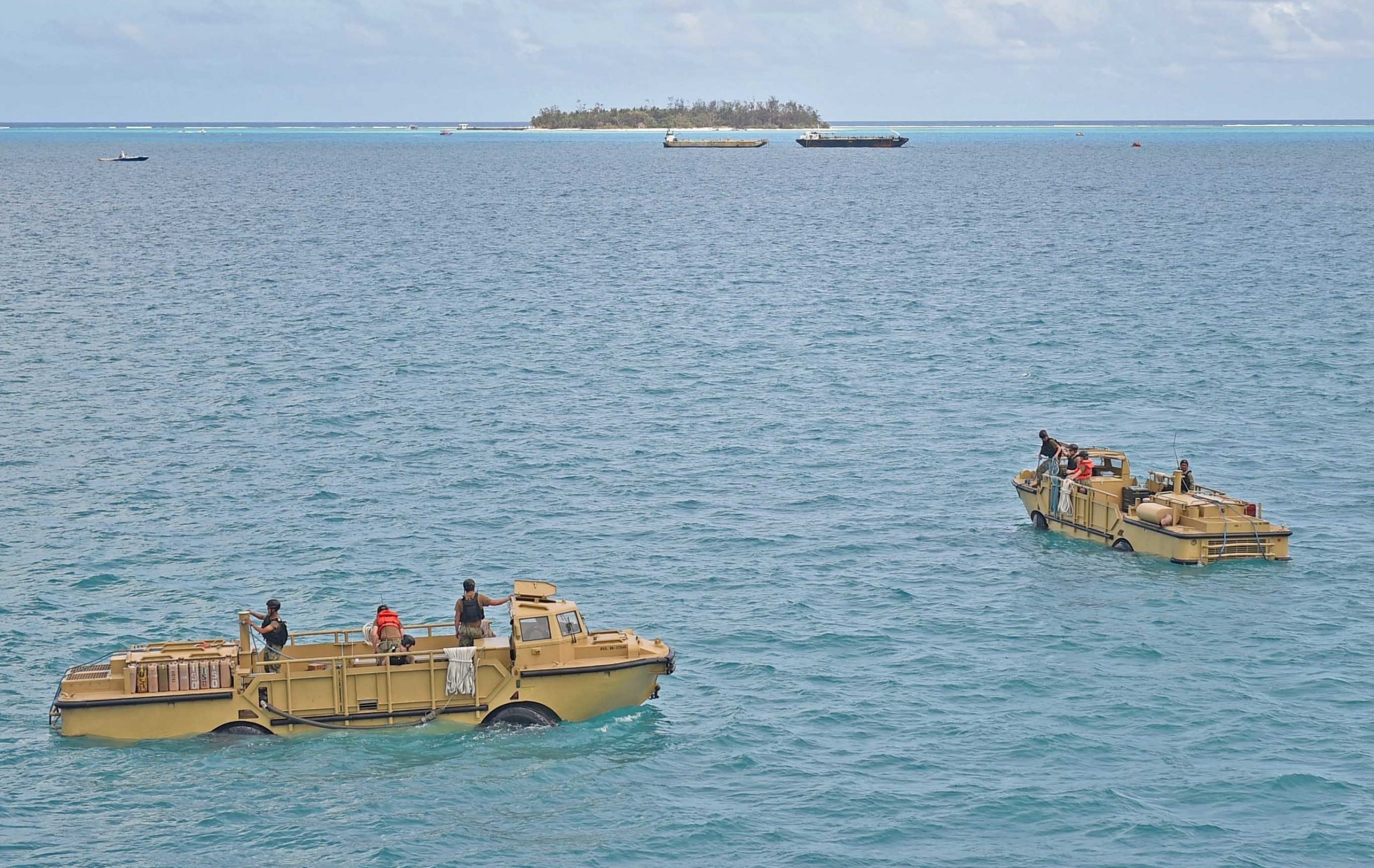
USN photo by Mass Communication Specialist Third Class David A. Cox, 13AUG2015.
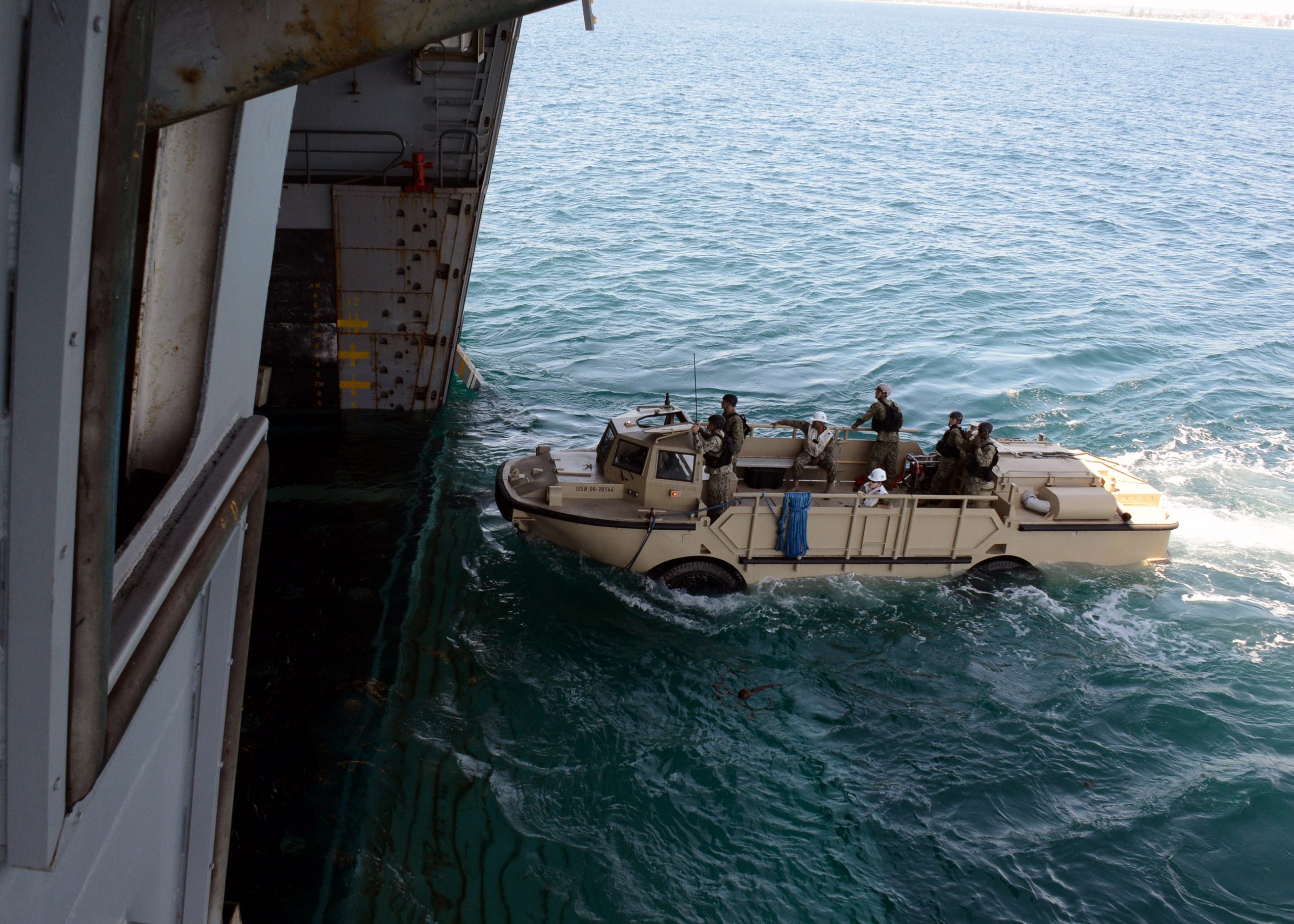
USN photo by Mass Communication Specialist First Class Elizabeth Merriam, 02SEP2014.
Driving into the amphibious transport dock ship USS Green Bay (LPD 20), September 2014.
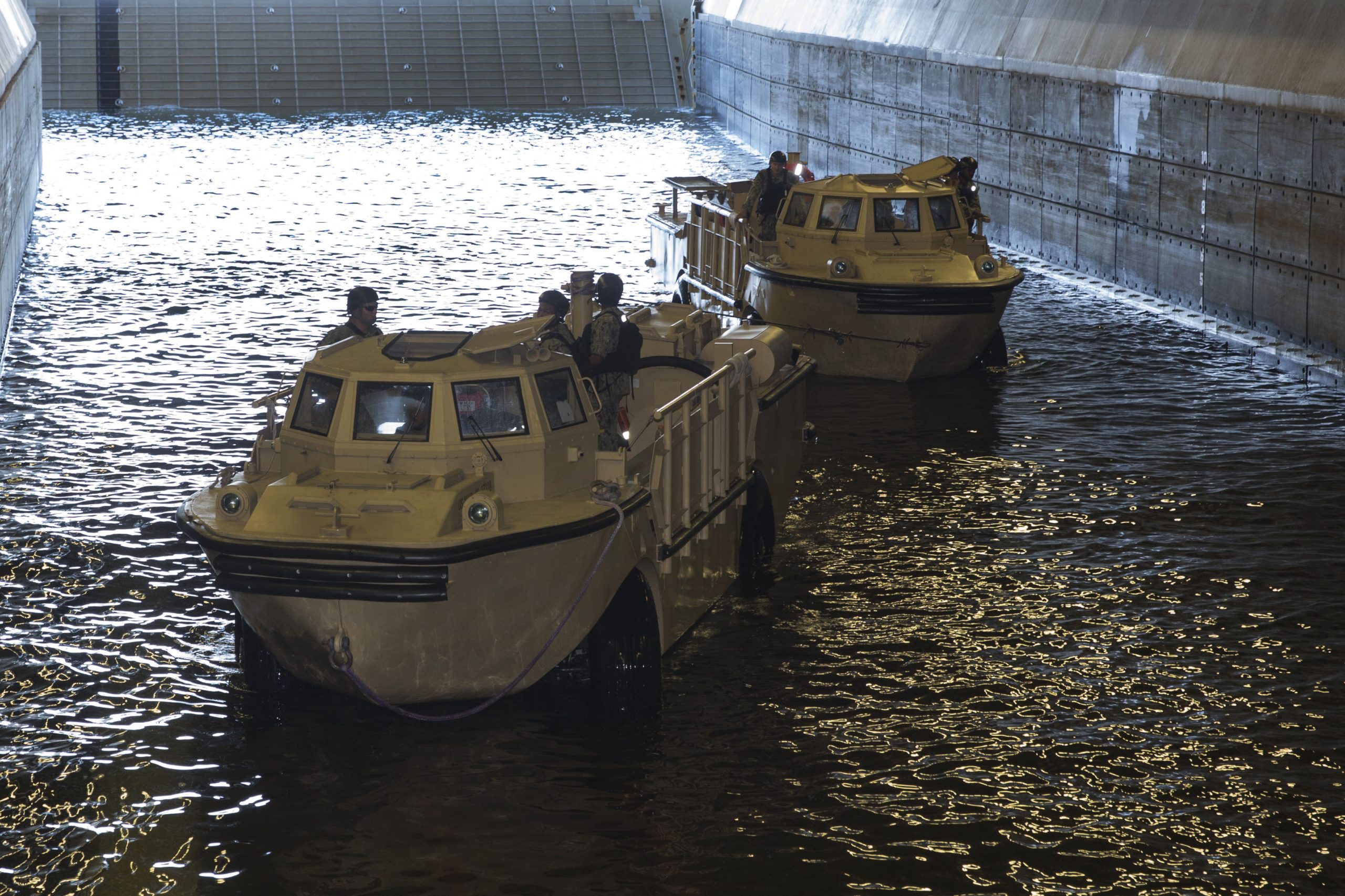
USN photo by Mass Communication Specialist Second Class Tamara Vaughn, 30JUL2014.
Inside amphibious assault ship USS Kearsarge (LHD 3), July 2014.
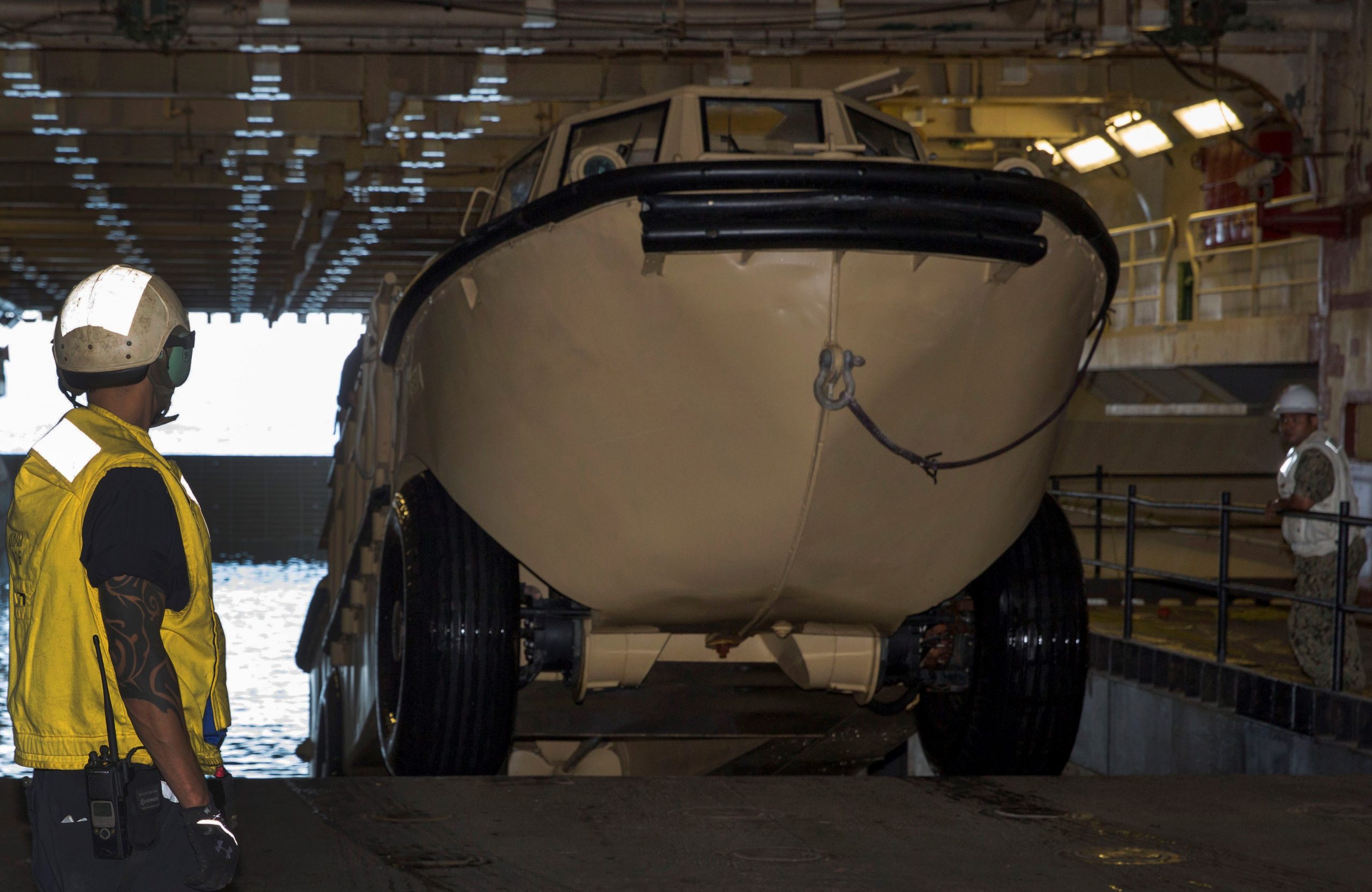
USN photo by Mass Communication Specialist Second Class Tamara Vaughn, 30JUL2014.

U.S. Air Force photo by Technical Sergeant Edward Gyokeres, 05JUN2012.
An abandoned and rusting (yes, aluminum does corrode) LARC-5 at Mackall Army Airfield, North Carolina, June 2012.
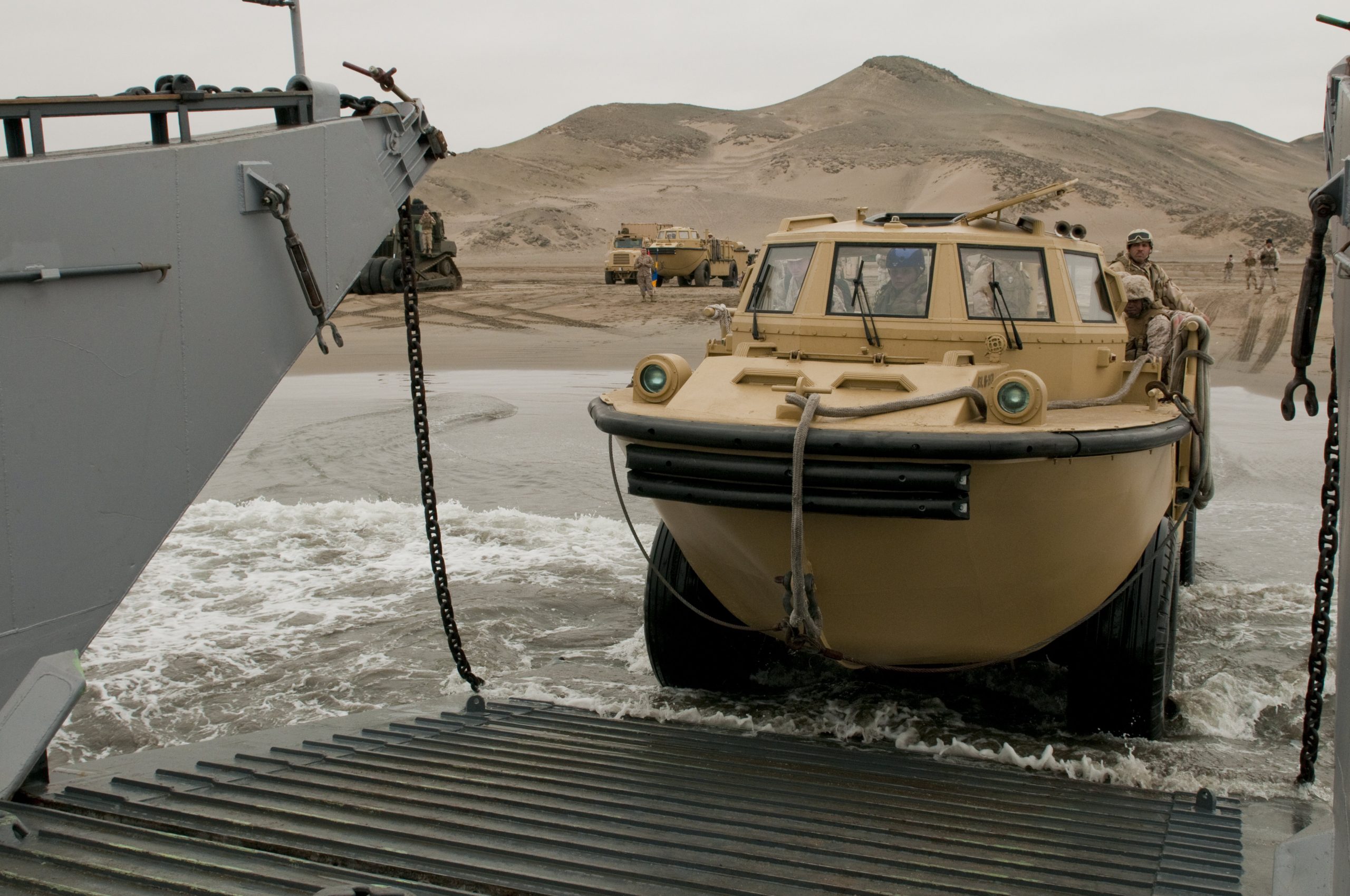
USN photo by Petty Officer First Class Brien Aho, 07JUL2010.
LARC-5s took part in a landing at Salinas Beach, Peru, July 2010.
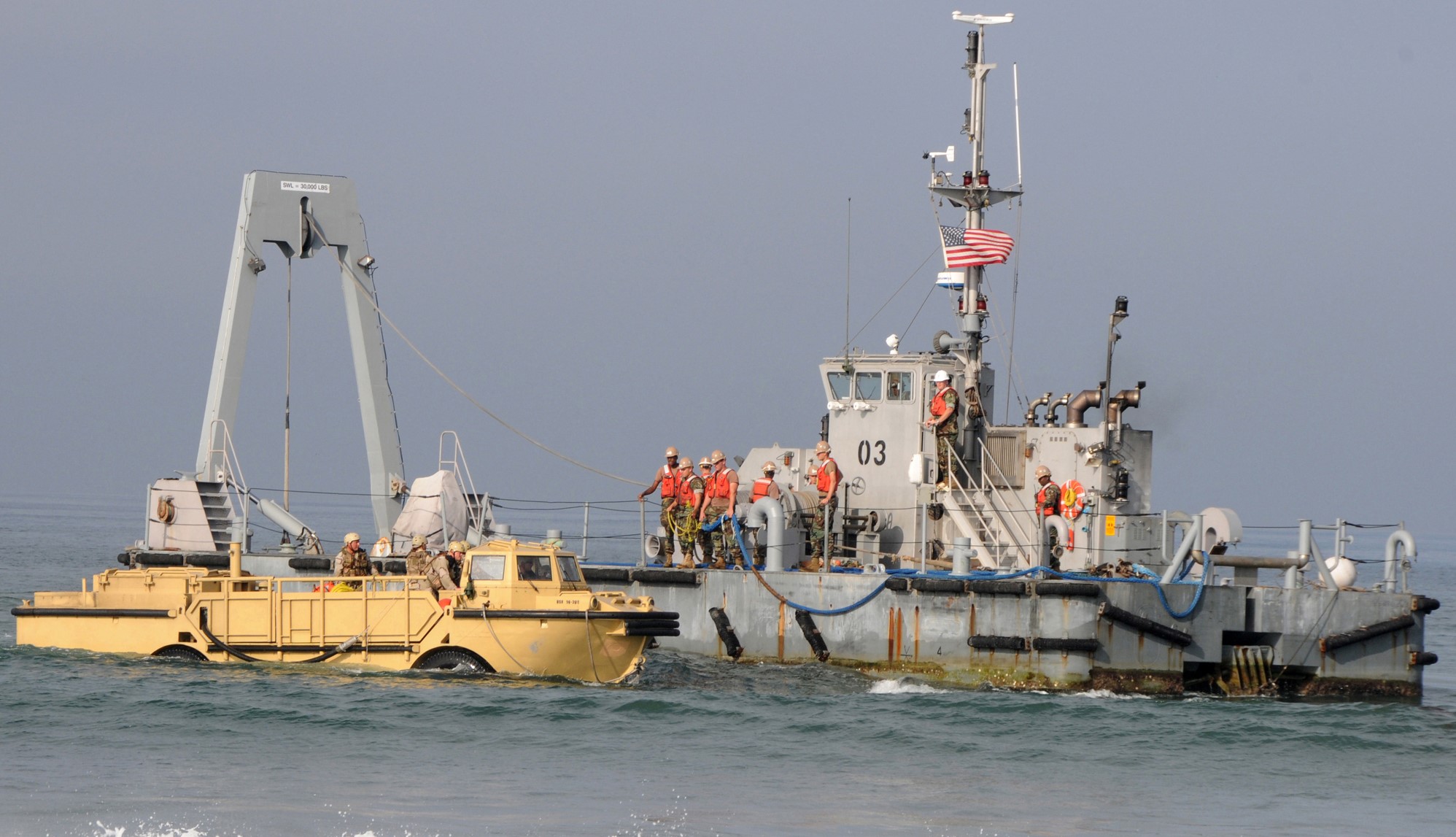
USN photo, 17SEP2009.
September 2009, this boat-truck helped with the salvage of an abandoned and wrecked sailboat, near Coronado, California.
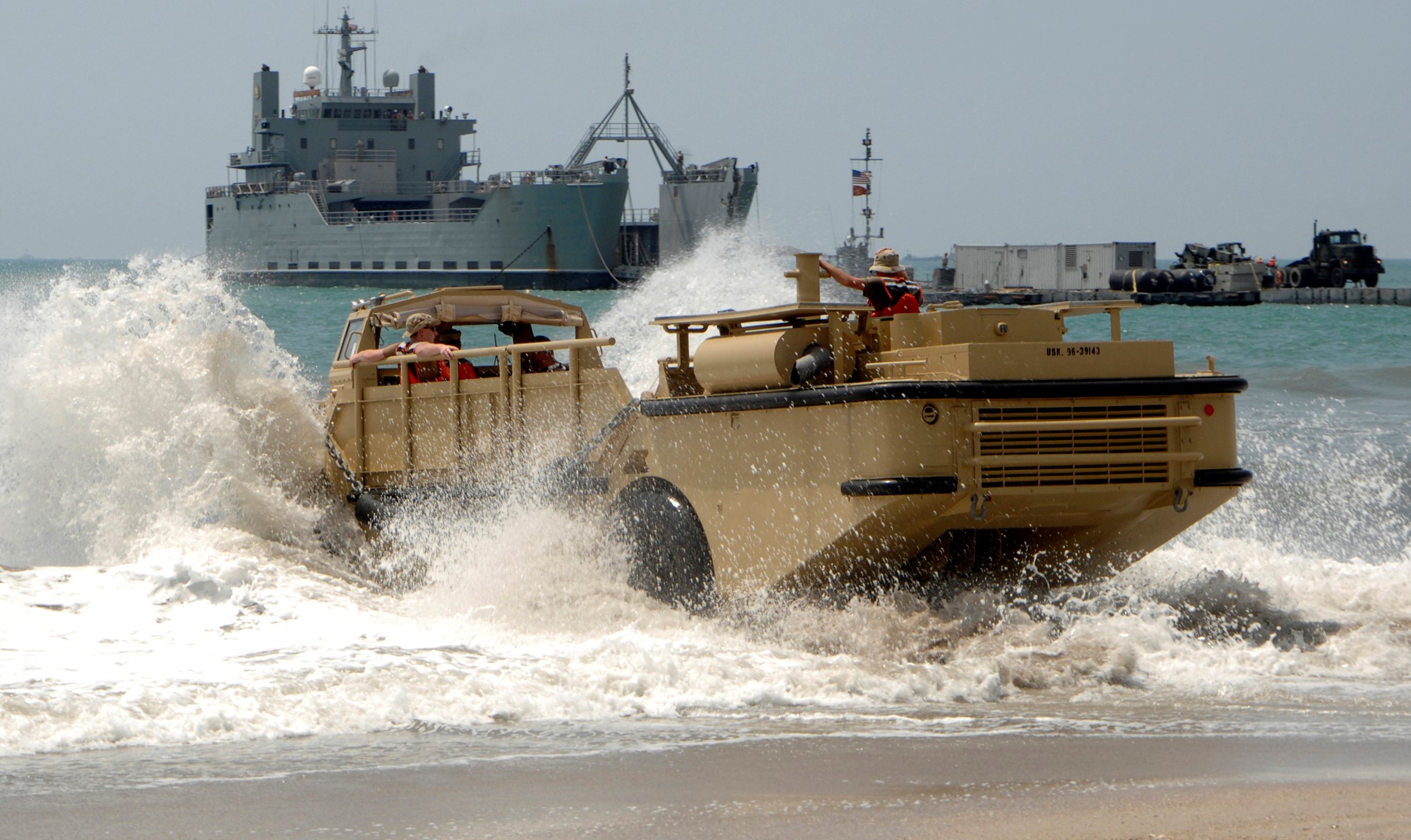
USN photo by Chief Petty Officer Daniel Taylor, 14JUN2009.
Fun in the sun at Camp Onslow Beach, North Carolina, June 2009.
Hurricane Harvey: MARINES USE AMPHIBIOUS COMBAT TANKS TO SAVE LIVES!
Bare Metal: NASA Trucks
1942 FORD FIRETRUCK RETURNS TO SERVICE WITH THE USAF!
WHAT DOES IT TAKE TO MAINTAIN A FLYING MILITARY FIRETRUCK?





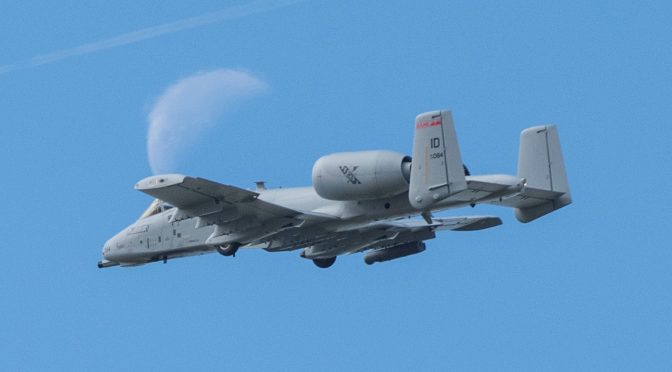
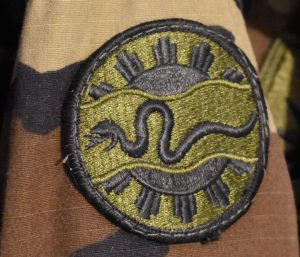
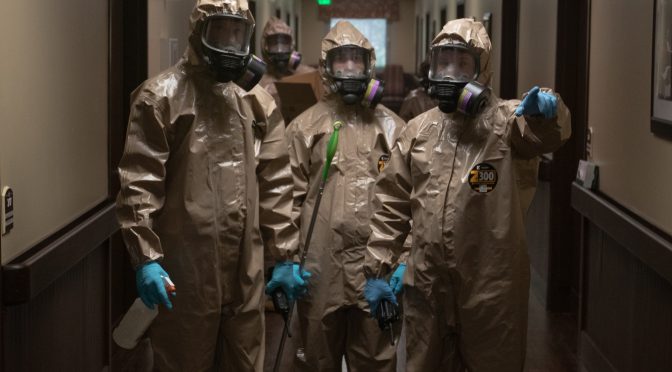
 12MAY2020, Guam National Guard begins Task Force 31 ops in local government offices.
12MAY2020, Guam National Guard begins Task Force 31 ops in local government offices. On 12MAY2020, Texas National Guard personnel descend upon a nursing home in Austin, one day after the governor ordered the Texas National Guard to begin so called Task Force 31 operations.
On 12MAY2020, Texas National Guard personnel descend upon a nursing home in Austin, one day after the governor ordered the Texas National Guard to begin so called Task Force 31 operations. Alabama’s Task Force 31 is staffed by Air and Army National Guard personnel, and work at the direction of Alabama’s State Department of Veterans Affairs.
Alabama’s Task Force 31 is staffed by Air and Army National Guard personnel, and work at the direction of Alabama’s State Department of Veterans Affairs.
 26APR2020, Oklahoma National Guard disinfect a buffet at a nursing home (as well as the rest of the nursing home) in Tulsa.
26APR2020, Oklahoma National Guard disinfect a buffet at a nursing home (as well as the rest of the nursing home) in Tulsa. West Virginia National Guard enter a child care center, 04MAY2020, to disinfect common areas with chemical sprays.
West Virginia National Guard enter a child care center, 04MAY2020, to disinfect common areas with chemical sprays. West Virginia National Guard was instructed how to use Aerosolized Hydrogen Peroxide (AHP) systems to disinfect rooms.
West Virginia National Guard was instructed how to use Aerosolized Hydrogen Peroxide (AHP) systems to disinfect rooms. 02APR2020, a Georgia Army National Guard member pours liquid disinfectant (Hydrogen Peroxide?) into a ‘fogger’ for aerosol use in a Georgia nursing home.
02APR2020, a Georgia Army National Guard member pours liquid disinfectant (Hydrogen Peroxide?) into a ‘fogger’ for aerosol use in a Georgia nursing home. The aerosolized chemical is claimed to be 99.9% effective at killing pathogens within 20 minutes.
The aerosolized chemical is claimed to be 99.9% effective at killing pathogens within 20 minutes.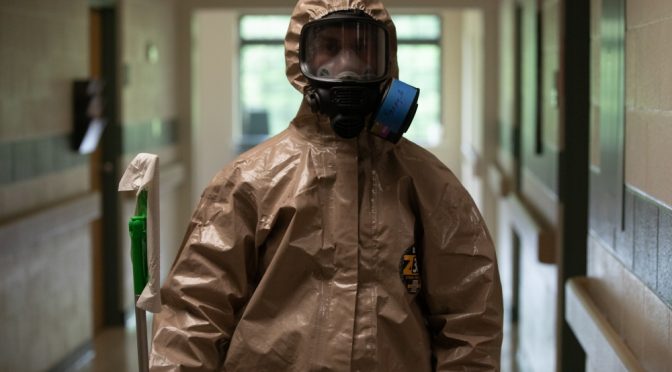
 CoViD-19 medical supplies arrived at Bagram Airport and are being distributed to U.S. Forward Operating Bases around Afghanistan.
CoViD-19 medical supplies arrived at Bagram Airport and are being distributed to U.S. Forward Operating Bases around Afghanistan. On 28APR2020, a Turkish Airbus A400M loaded with medical Personal Protective Equipment landed at Joint Base Andrews in Maryland.
On 28APR2020, a Turkish Airbus A400M loaded with medical Personal Protective Equipment landed at Joint Base Andrews in Maryland.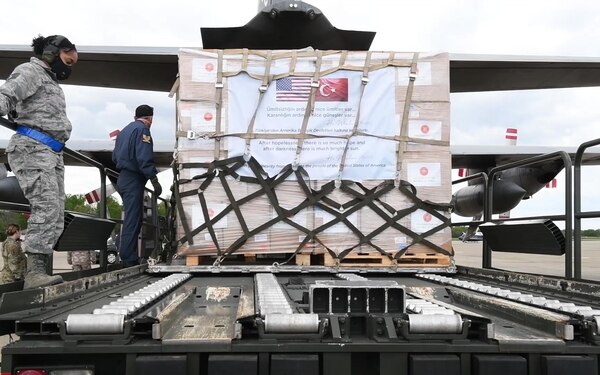 Then on 01MAY2020, a Turkish C-130 landed at the same base with even more PPE.
Then on 01MAY2020, a Turkish C-130 landed at the same base with even more PPE.
 Rabies is so bad in Turkey that U.S. military personnel on Incirlik Air Base are being told that “A common misconception is that animals infected with rabies virus ‘look rabid’. Animals infected with rabies virus can spread the virus to humans and other animals prior to showing clinical signs of illness. In addition to rabies, there are many other infectious diseases that can be spread from stray animals to humans. These diseases can be anything from severe wound infections to parasite infections. Rabies virus has a 100% mortality rate if left untreated.”-Captian Timothy Beck, U.S. Army, Incirlik Veterinary Services
Rabies is so bad in Turkey that U.S. military personnel on Incirlik Air Base are being told that “A common misconception is that animals infected with rabies virus ‘look rabid’. Animals infected with rabies virus can spread the virus to humans and other animals prior to showing clinical signs of illness. In addition to rabies, there are many other infectious diseases that can be spread from stray animals to humans. These diseases can be anything from severe wound infections to parasite infections. Rabies virus has a 100% mortality rate if left untreated.”-Captian Timothy Beck, U.S. Army, Incirlik Veterinary Services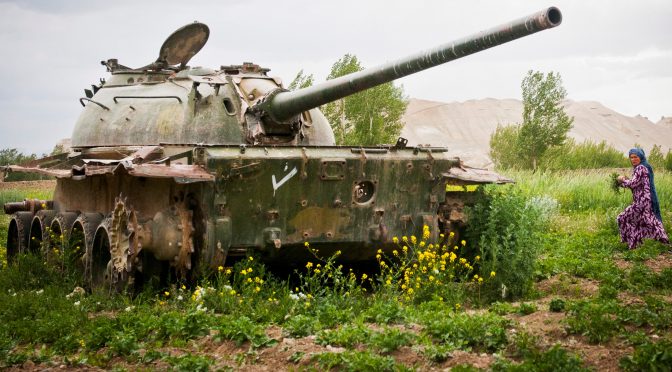
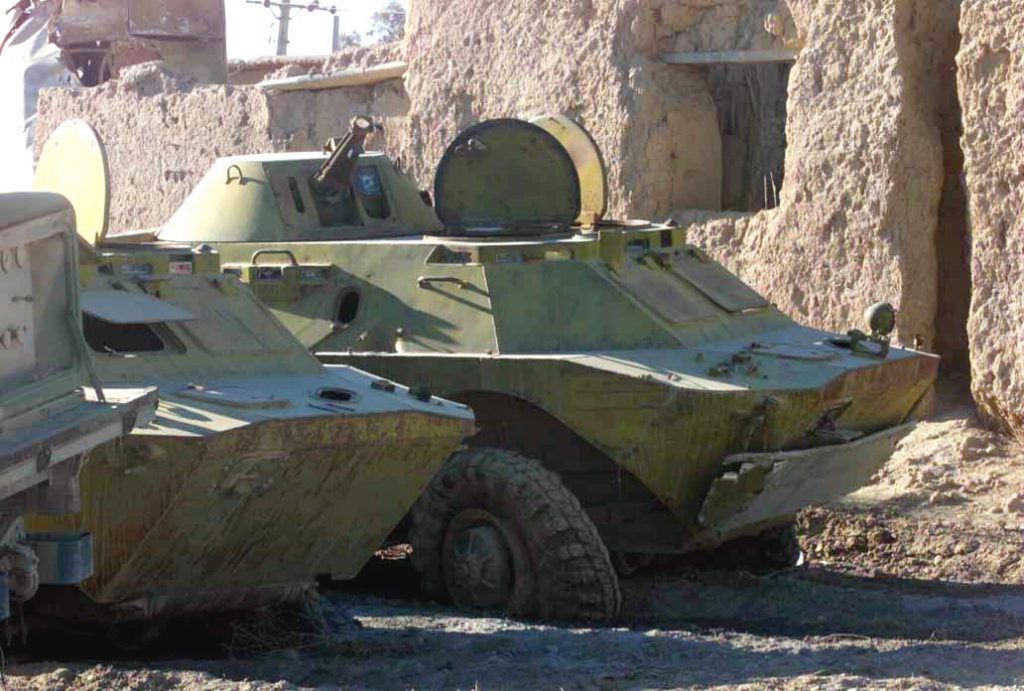
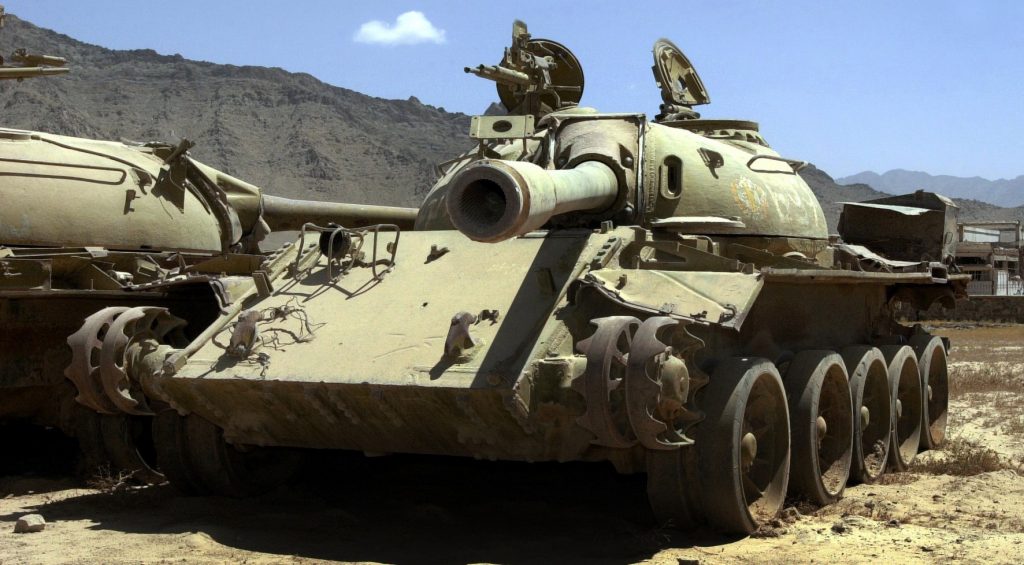
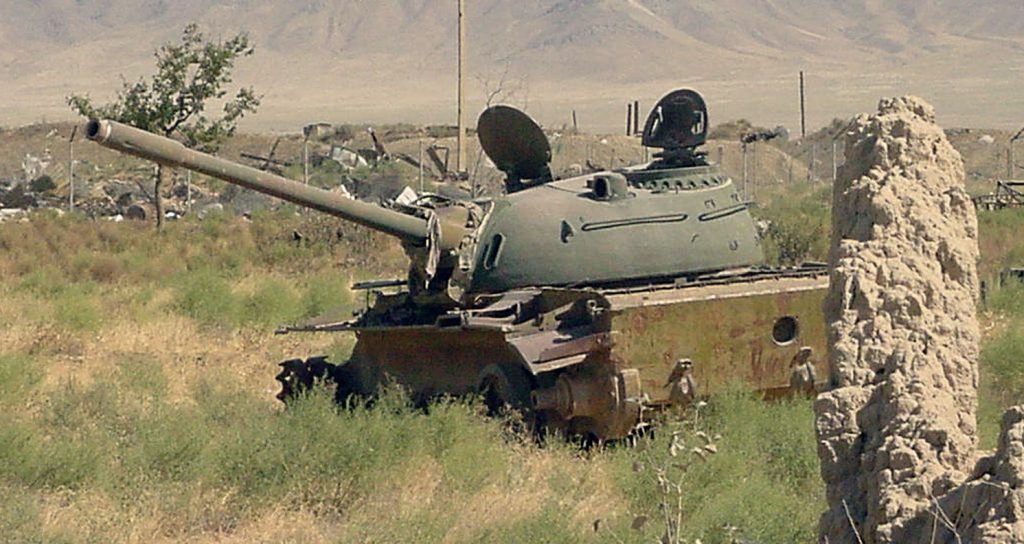
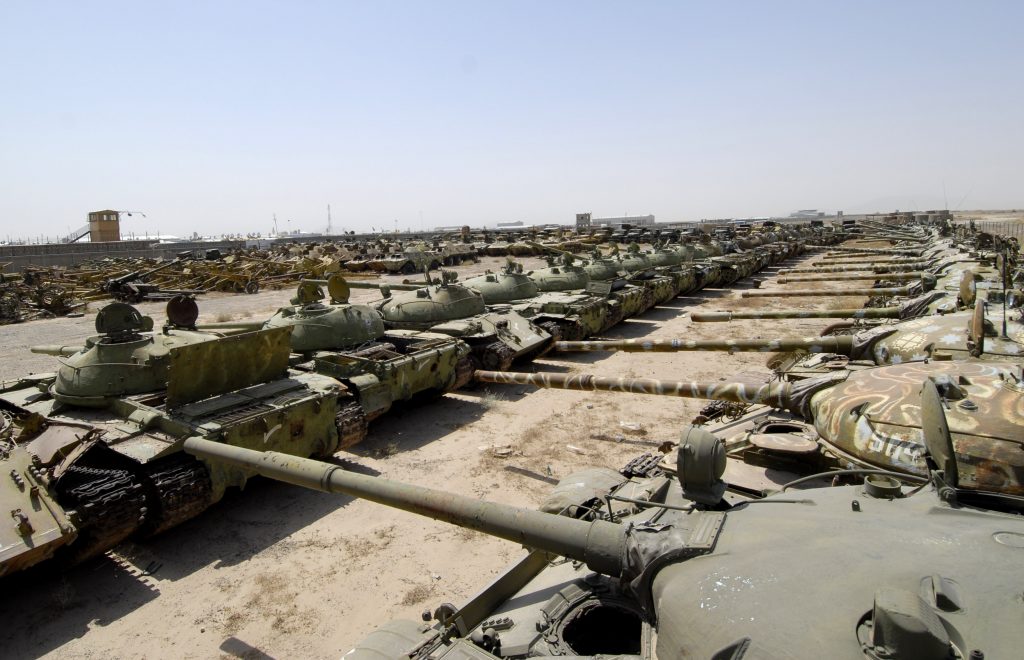
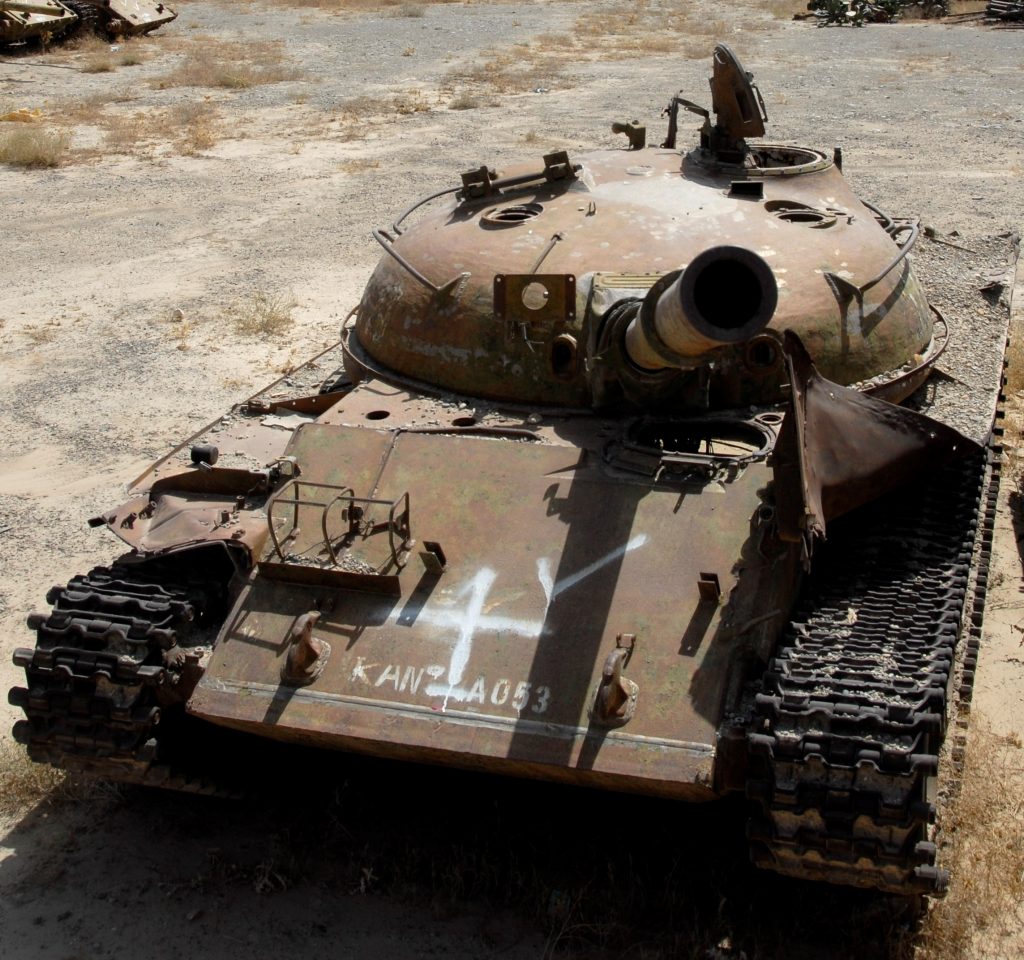
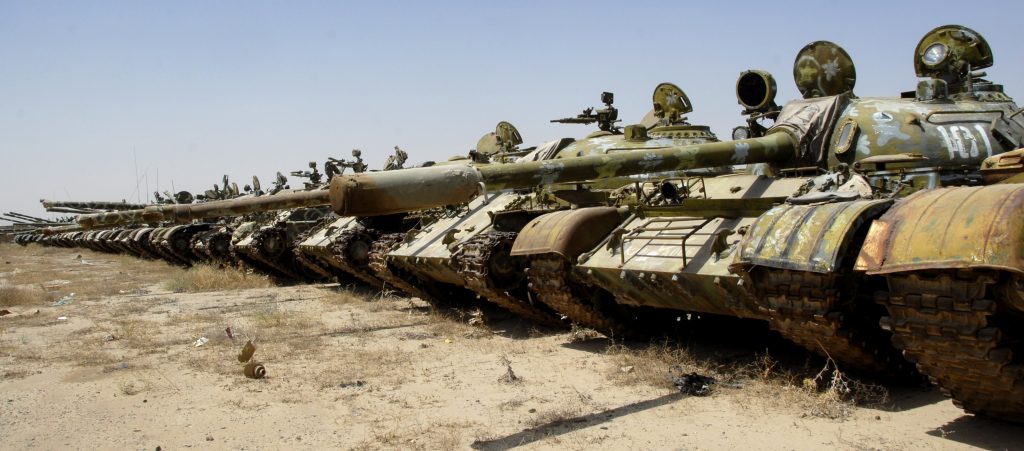
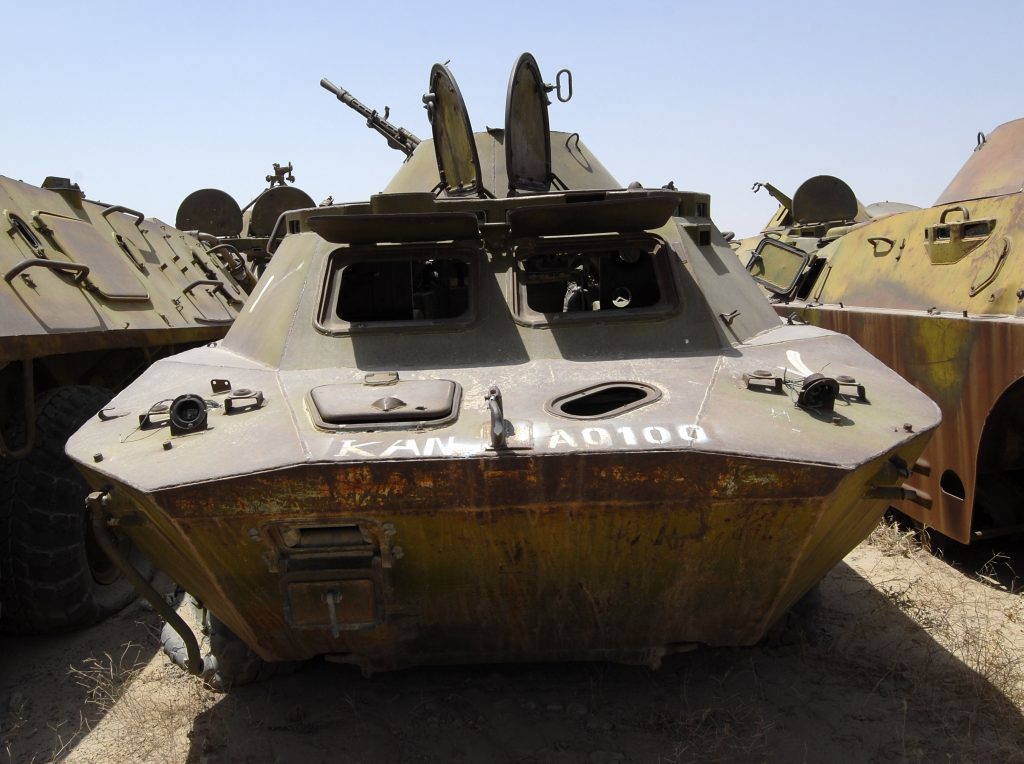
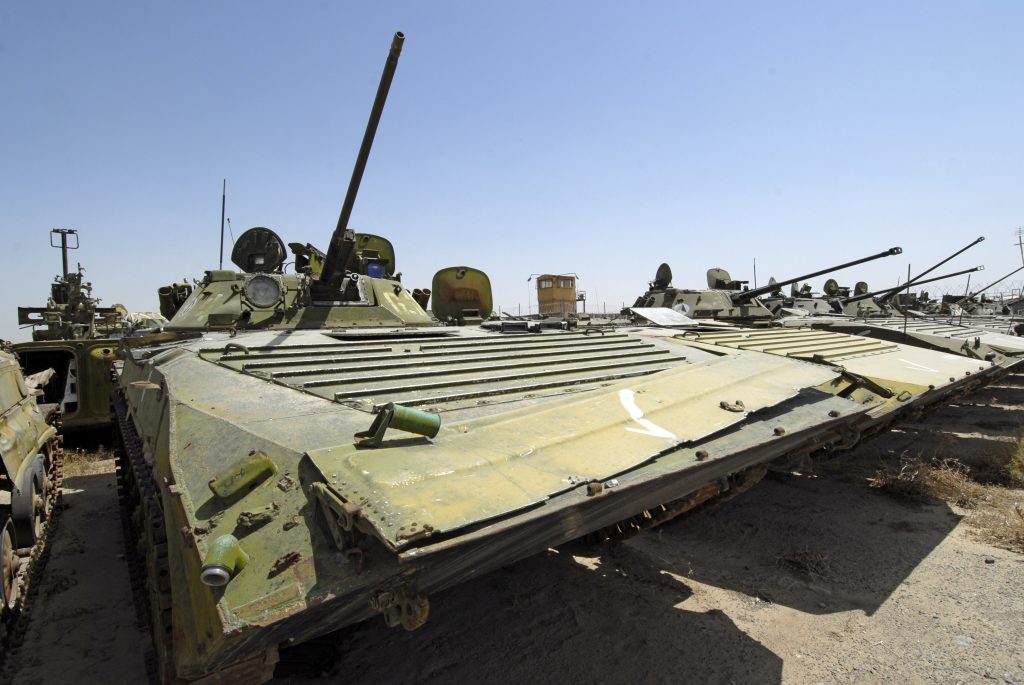
 Camp Shaheen.
Camp Shaheen. November 2010, a maintenance supervisor with Company D, 186th Brigade Support Battalion, 86th Infantry Brigade Combat Team cuts-up an old Soviet occupation armored vehicle in Durani Village, Parwan Province, Afghanistan. The villagers were able to sell the pieces of steel to recyclers for cash.
November 2010, a maintenance supervisor with Company D, 186th Brigade Support Battalion, 86th Infantry Brigade Combat Team cuts-up an old Soviet occupation armored vehicle in Durani Village, Parwan Province, Afghanistan. The villagers were able to sell the pieces of steel to recyclers for cash. BTR-80, Panjshir Province, Afghanistan, January 2010.
BTR-80, Panjshir Province, Afghanistan, January 2010.

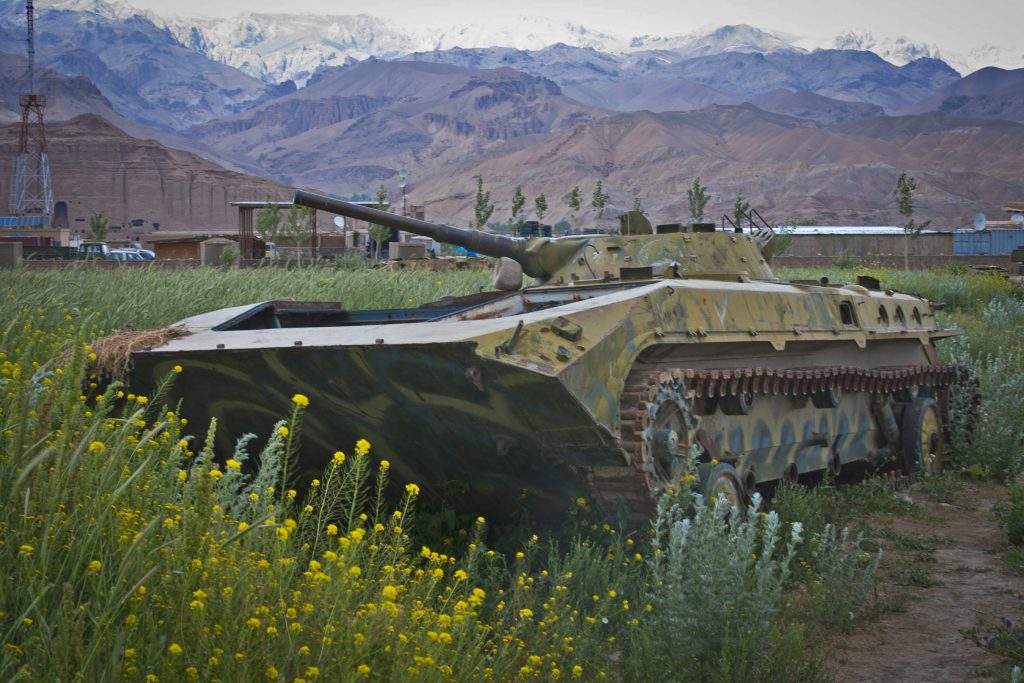

 T-54/55, Bamyan Province.
T-54/55, Bamyan Province. Nowzad, Helmand Province, Afghanistan, February 2011. Children line up for school while a relic (T-55) of the 1980s Soviet occupation rusts away in the background.
Nowzad, Helmand Province, Afghanistan, February 2011. Children line up for school while a relic (T-55) of the 1980s Soviet occupation rusts away in the background. Derelict World War Two era Soviet T-34/85 in Muqer District, Ghazni Province, March 2012.
Derelict World War Two era Soviet T-34/85 in Muqer District, Ghazni Province, March 2012. T-55 in Nowzad, Helmand Province, Afghanistan February 2012.
T-55 in Nowzad, Helmand Province, Afghanistan February 2012. Remains of ZSU-23-4, Bala Hissar Fortress, August 2013. You can see where the anti-aircraft tank took a direct hit in the side.
Remains of ZSU-23-4, Bala Hissar Fortress, August 2013. You can see where the anti-aircraft tank took a direct hit in the side.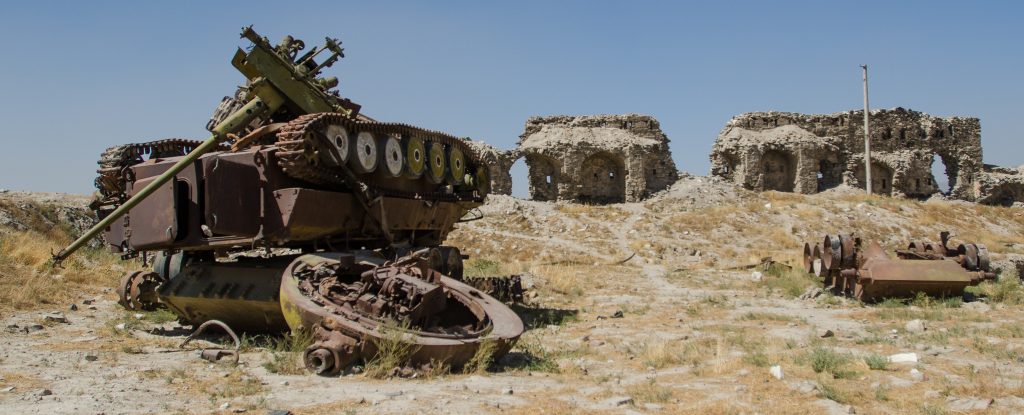
 BMP-1s and a T-54/55 (without bore evacuator) in Bamyan Province, February 2013.
BMP-1s and a T-54/55 (without bore evacuator) in Bamyan Province, February 2013. Soviet occupation era T-55 still in use. The U.S. Marine Corps observed Afghan government forces use it against rebel troops in Sangin District, Helmand Province, August 2018.
Soviet occupation era T-55 still in use. The U.S. Marine Corps observed Afghan government forces use it against rebel troops in Sangin District, Helmand Province, August 2018.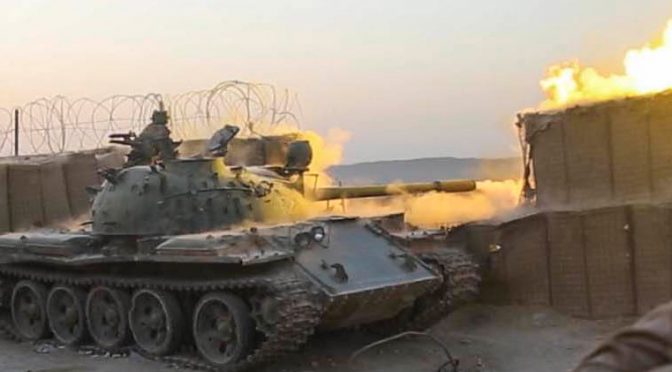
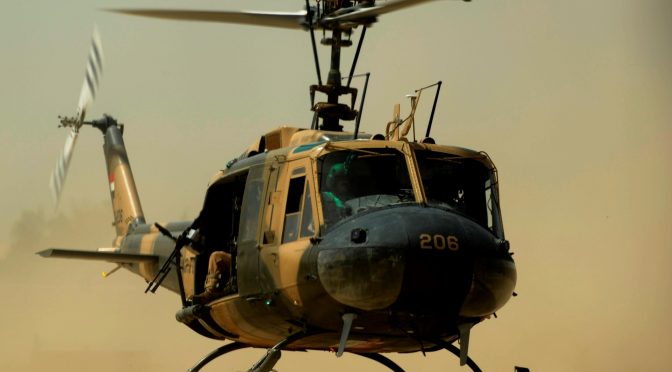
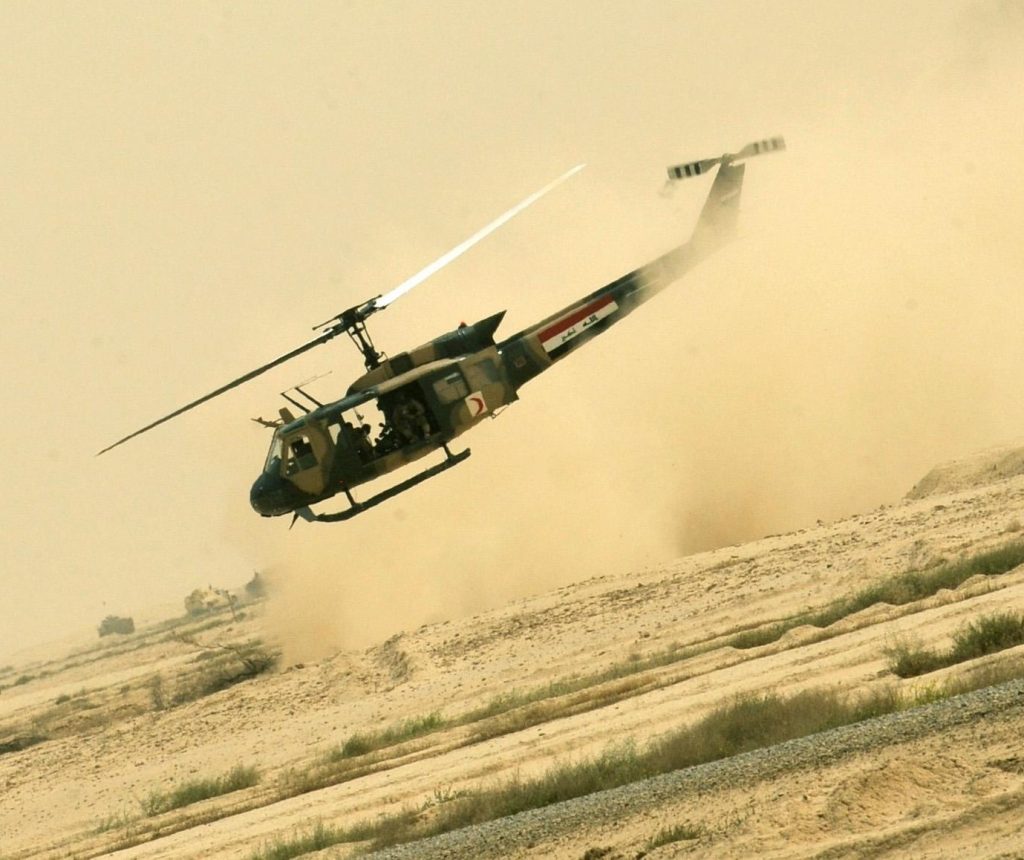
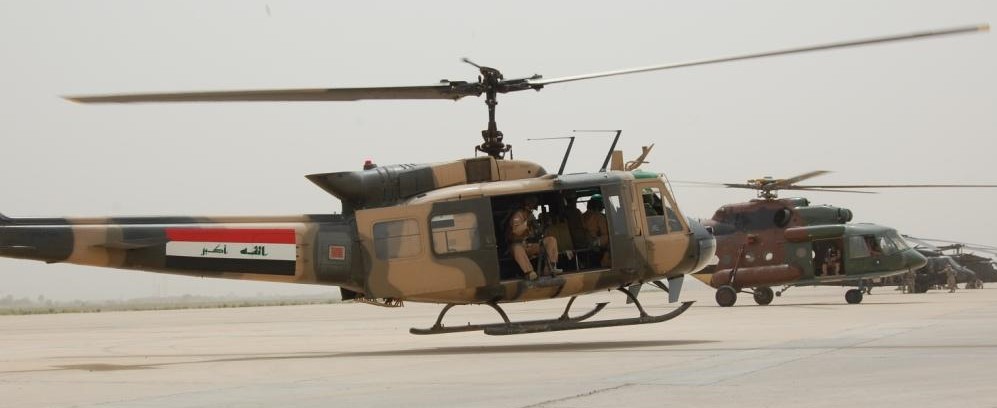
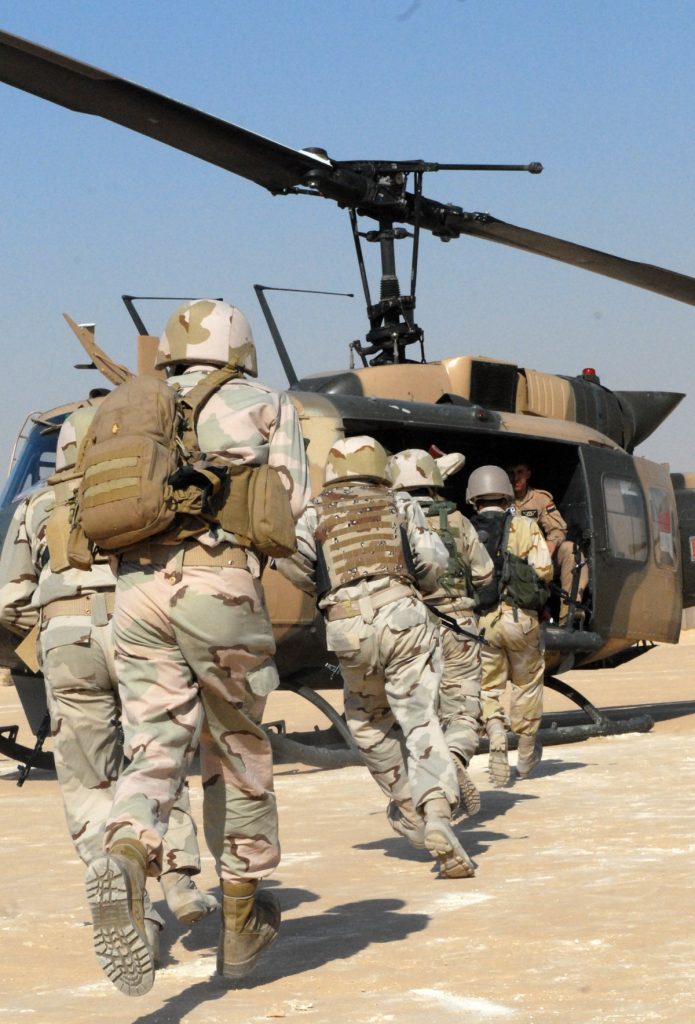
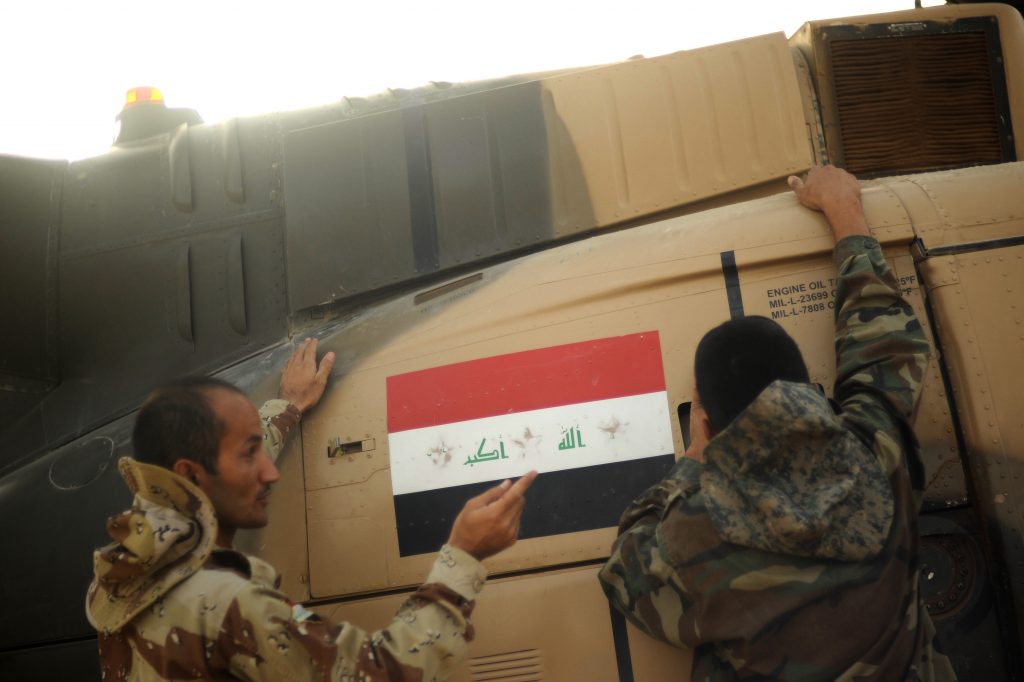
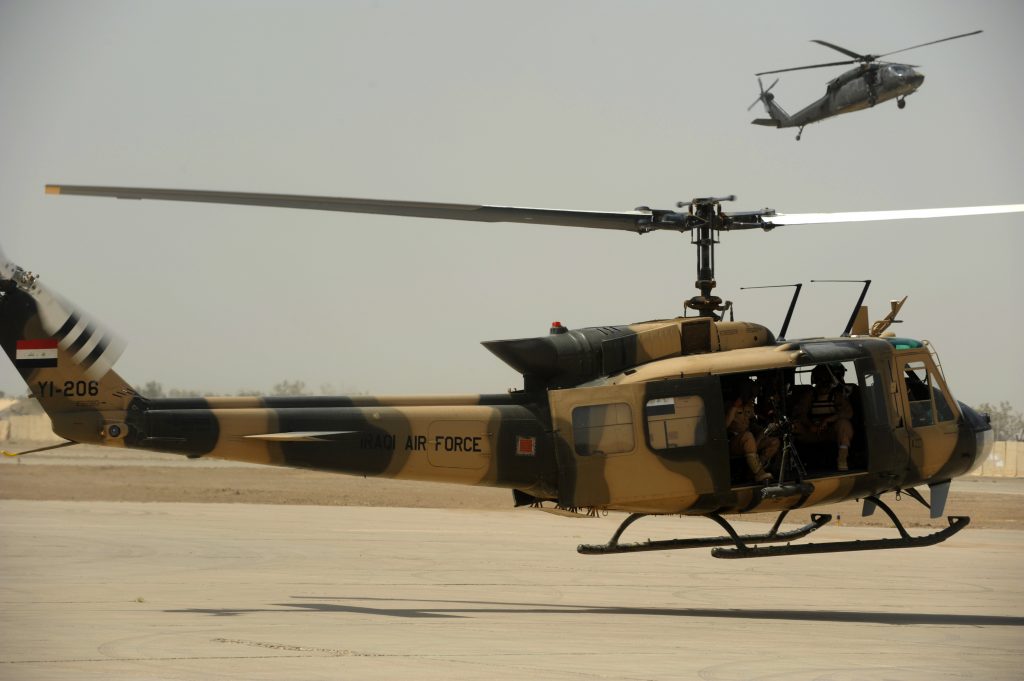
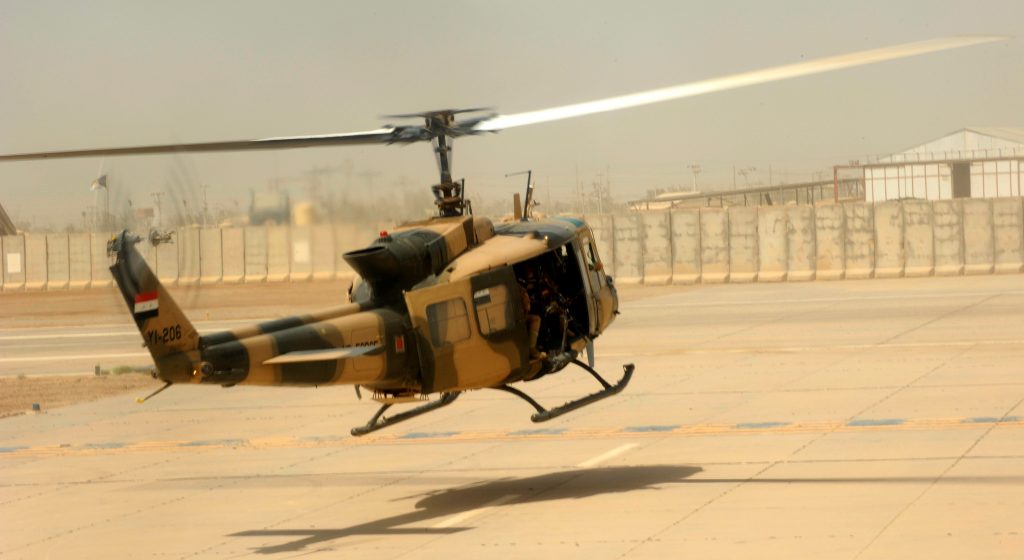
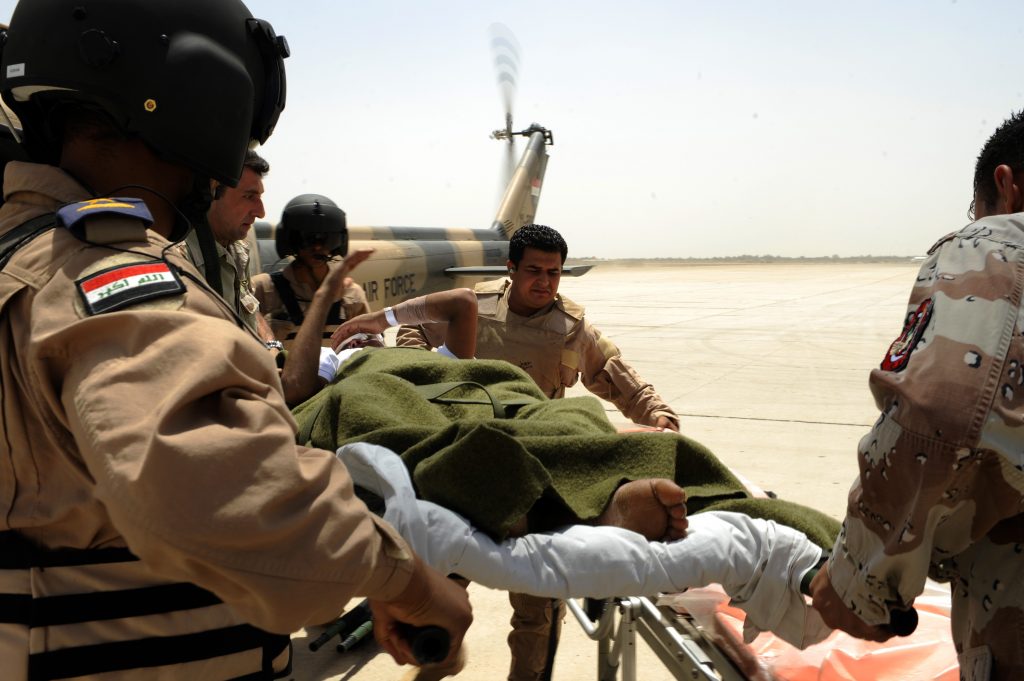
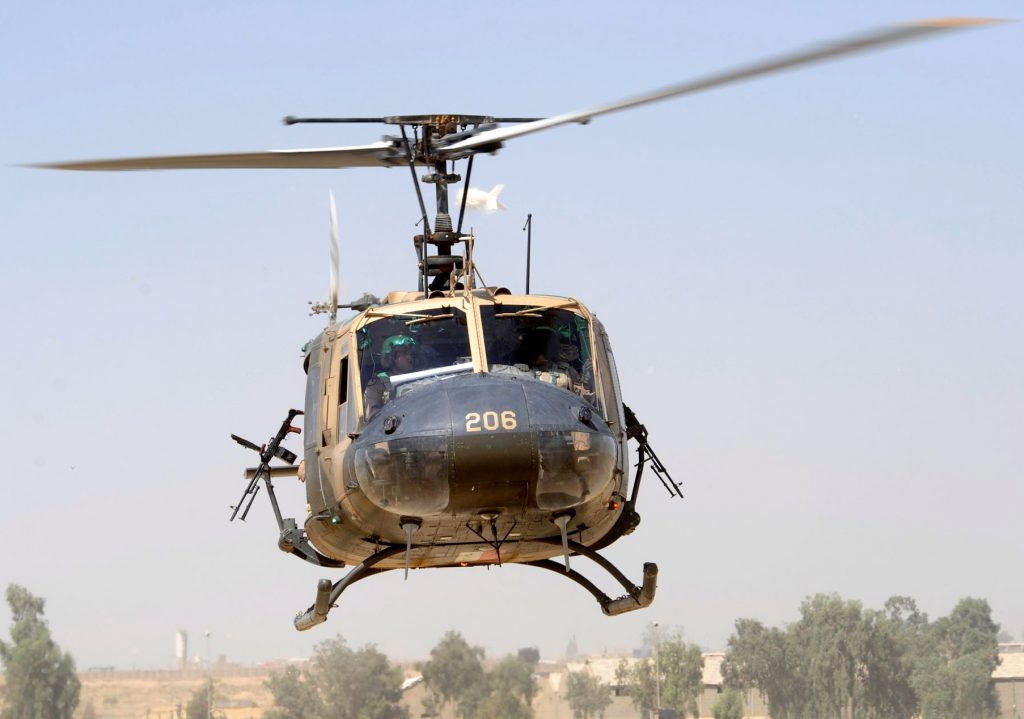

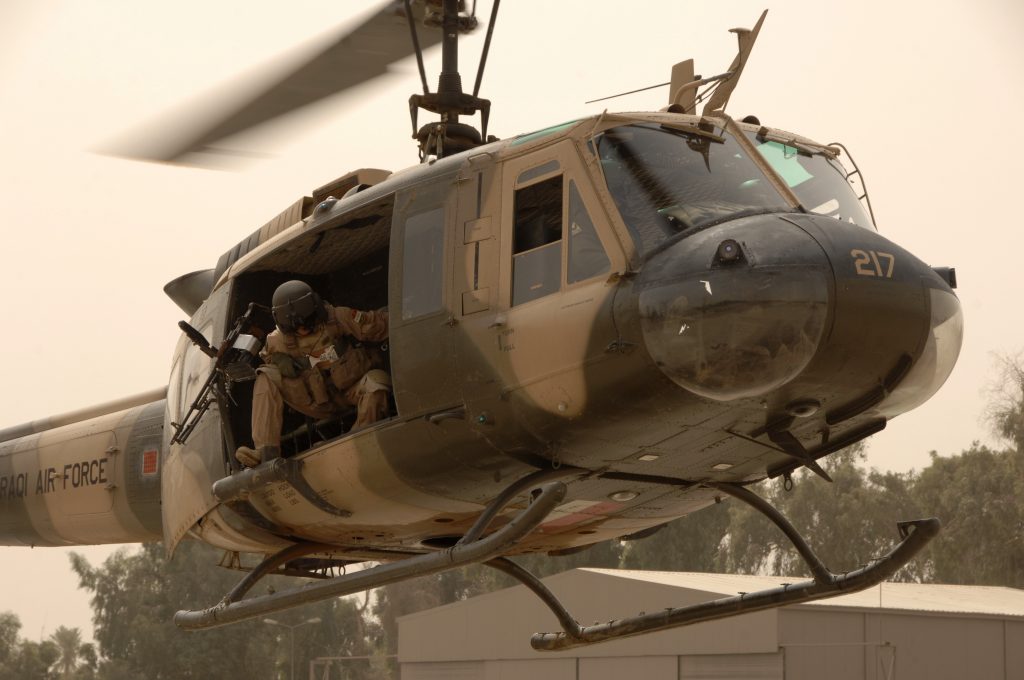
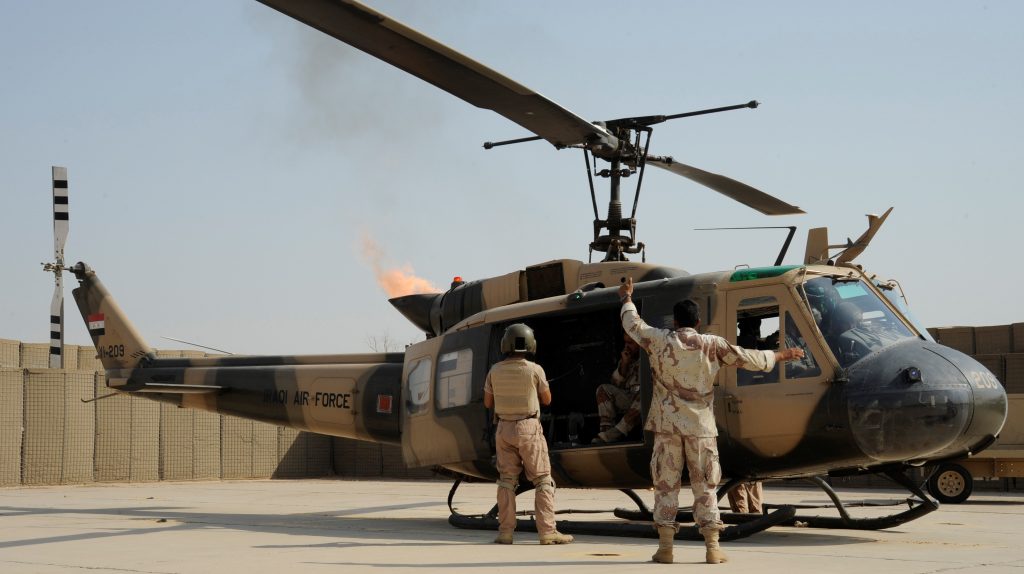
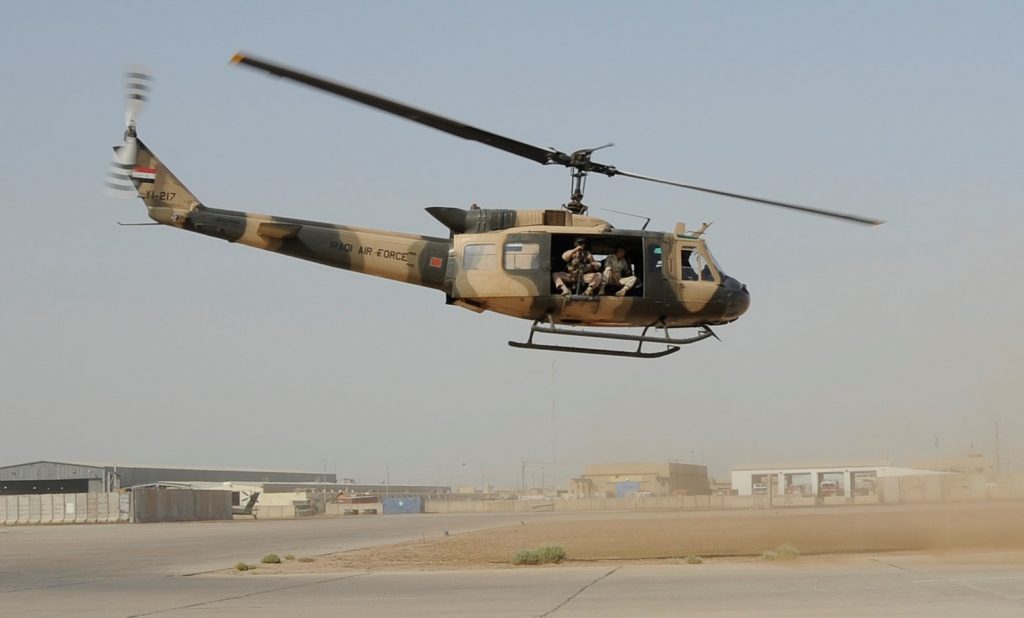
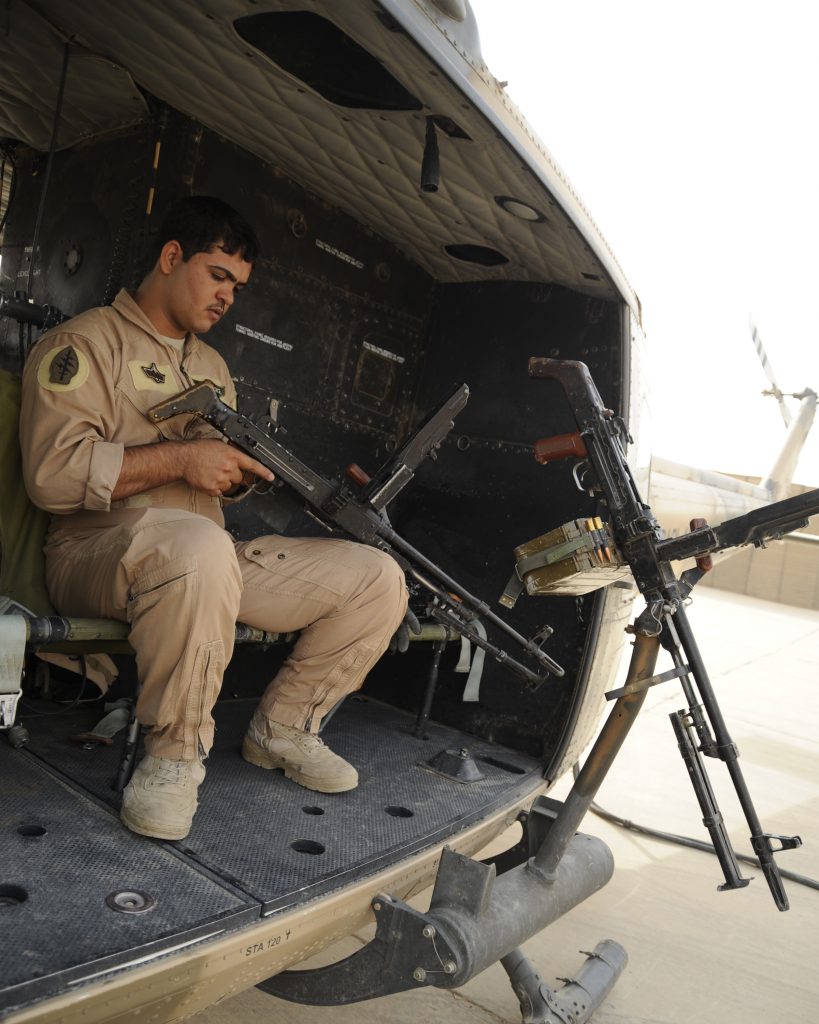
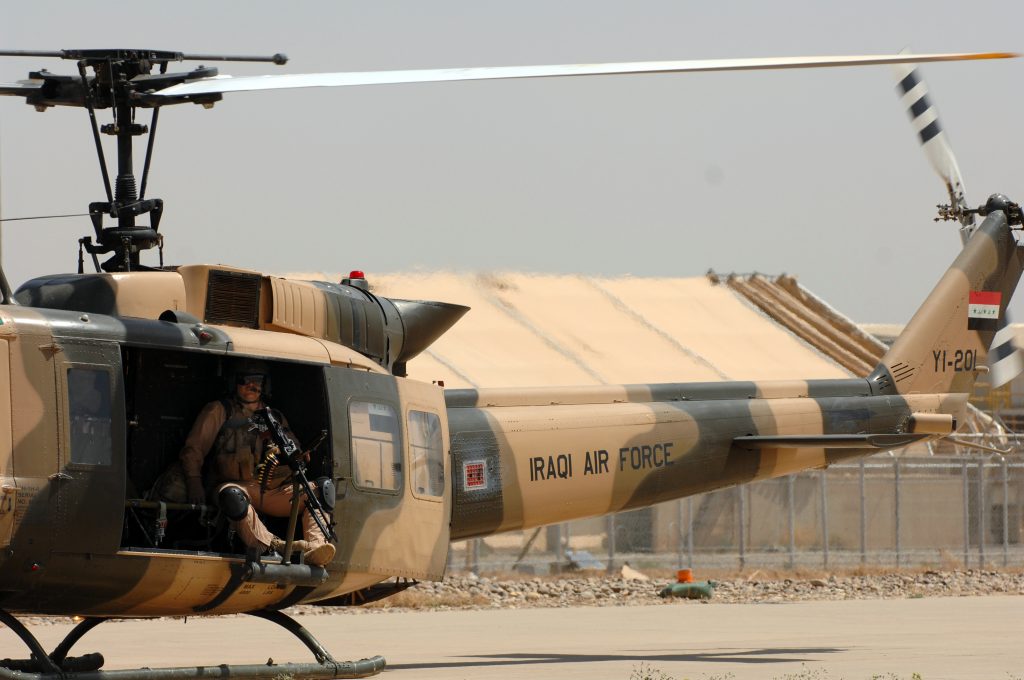
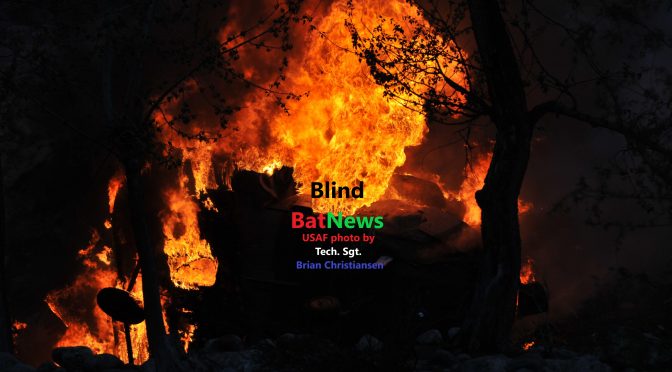





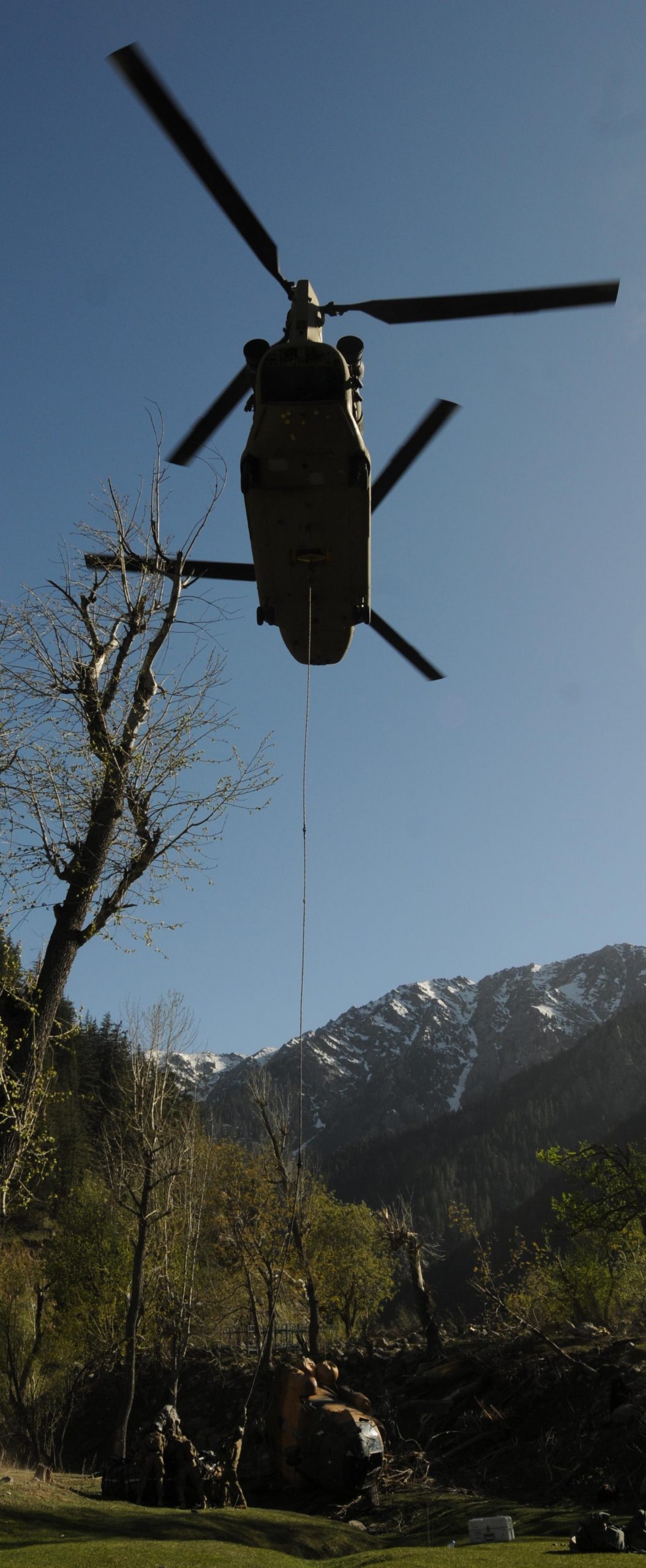
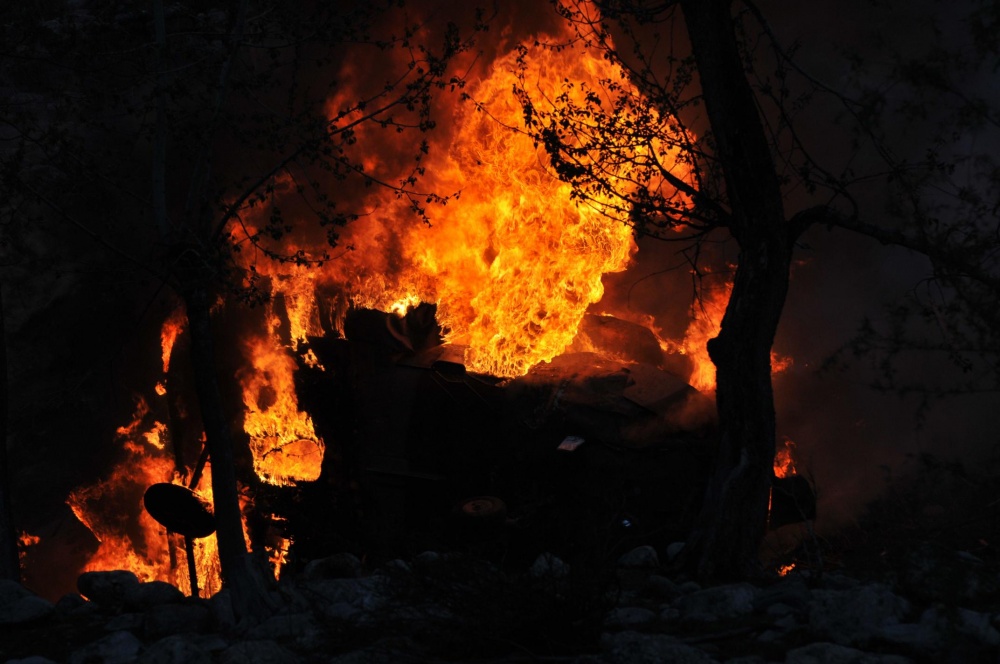


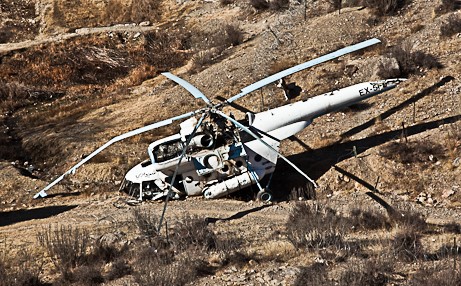
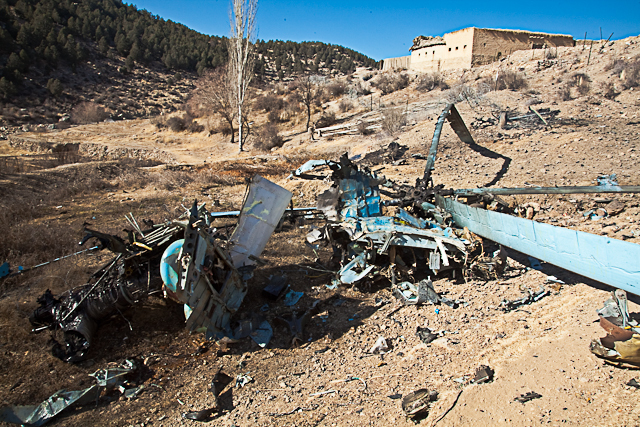
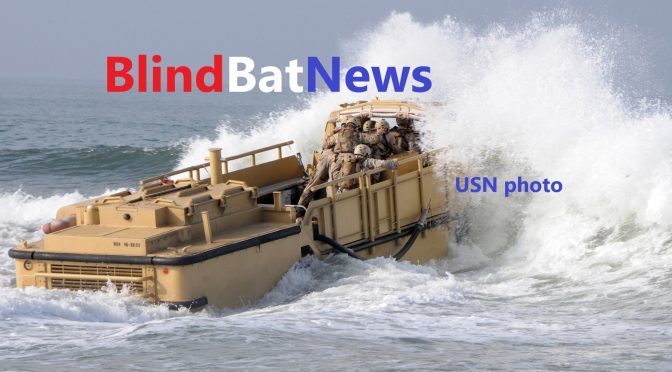





















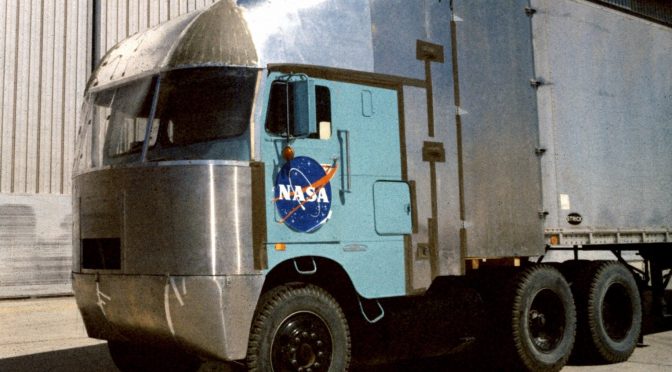



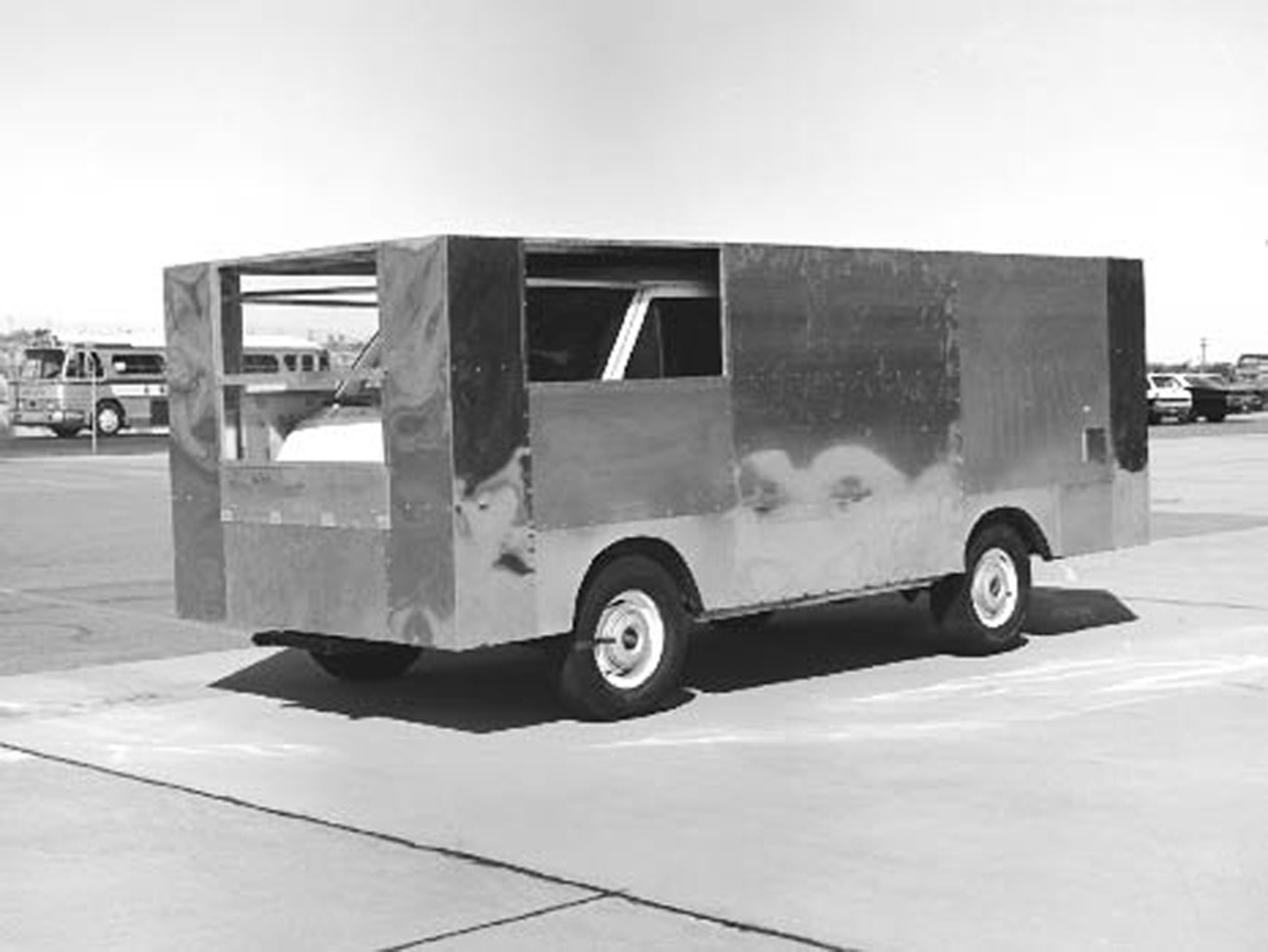

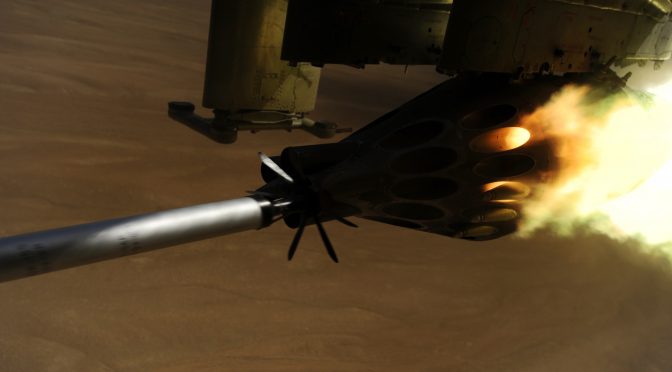
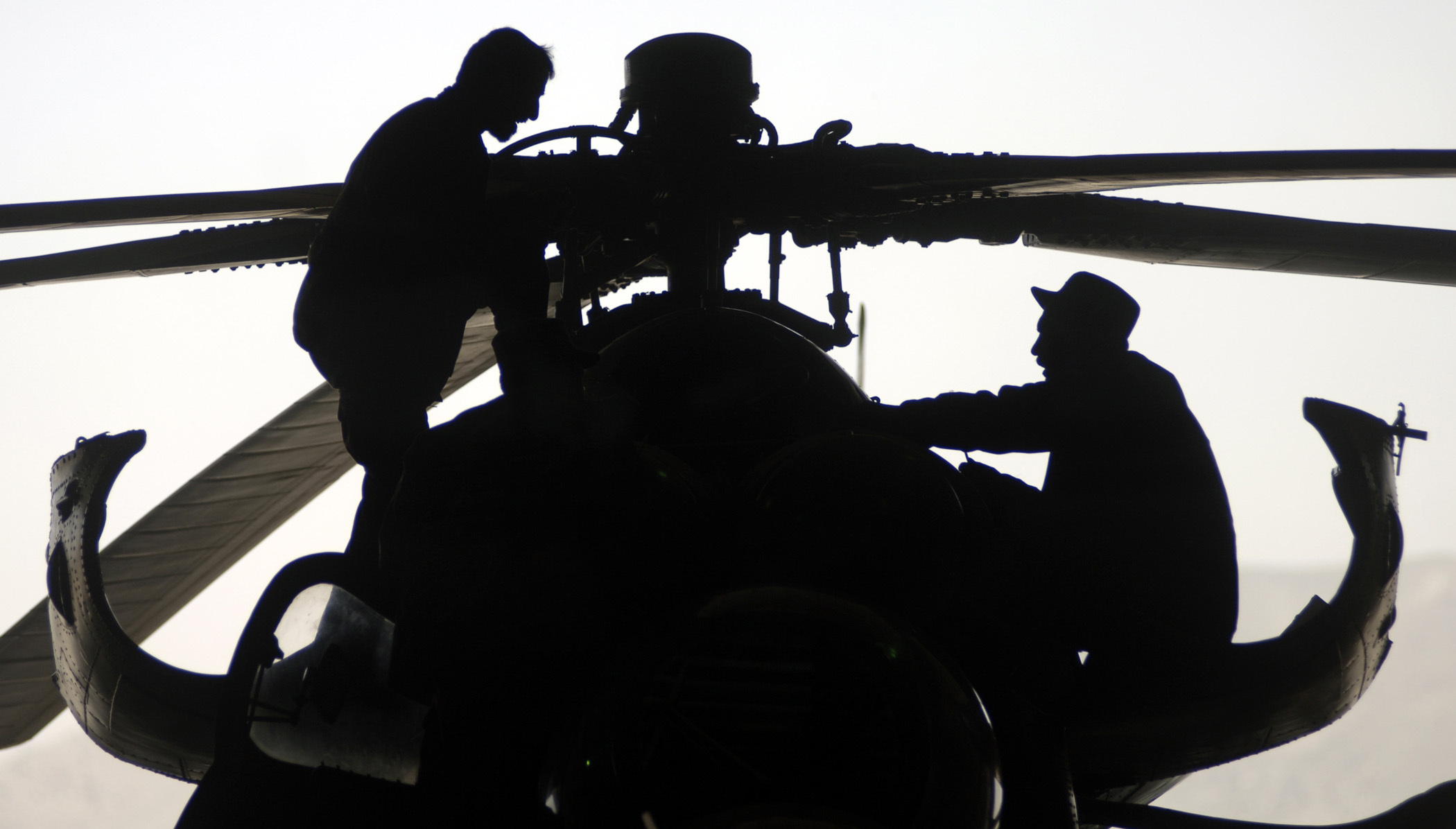
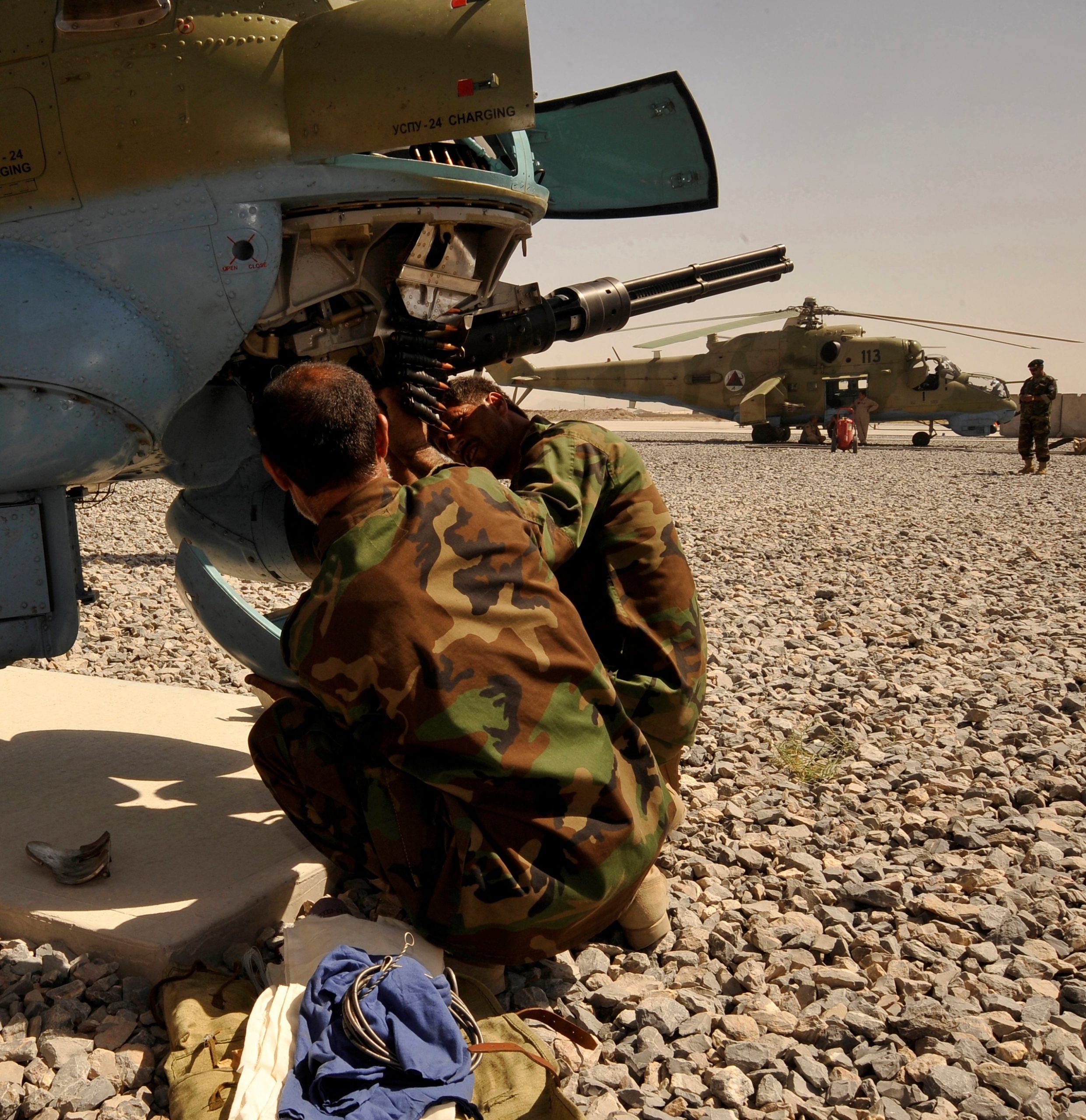
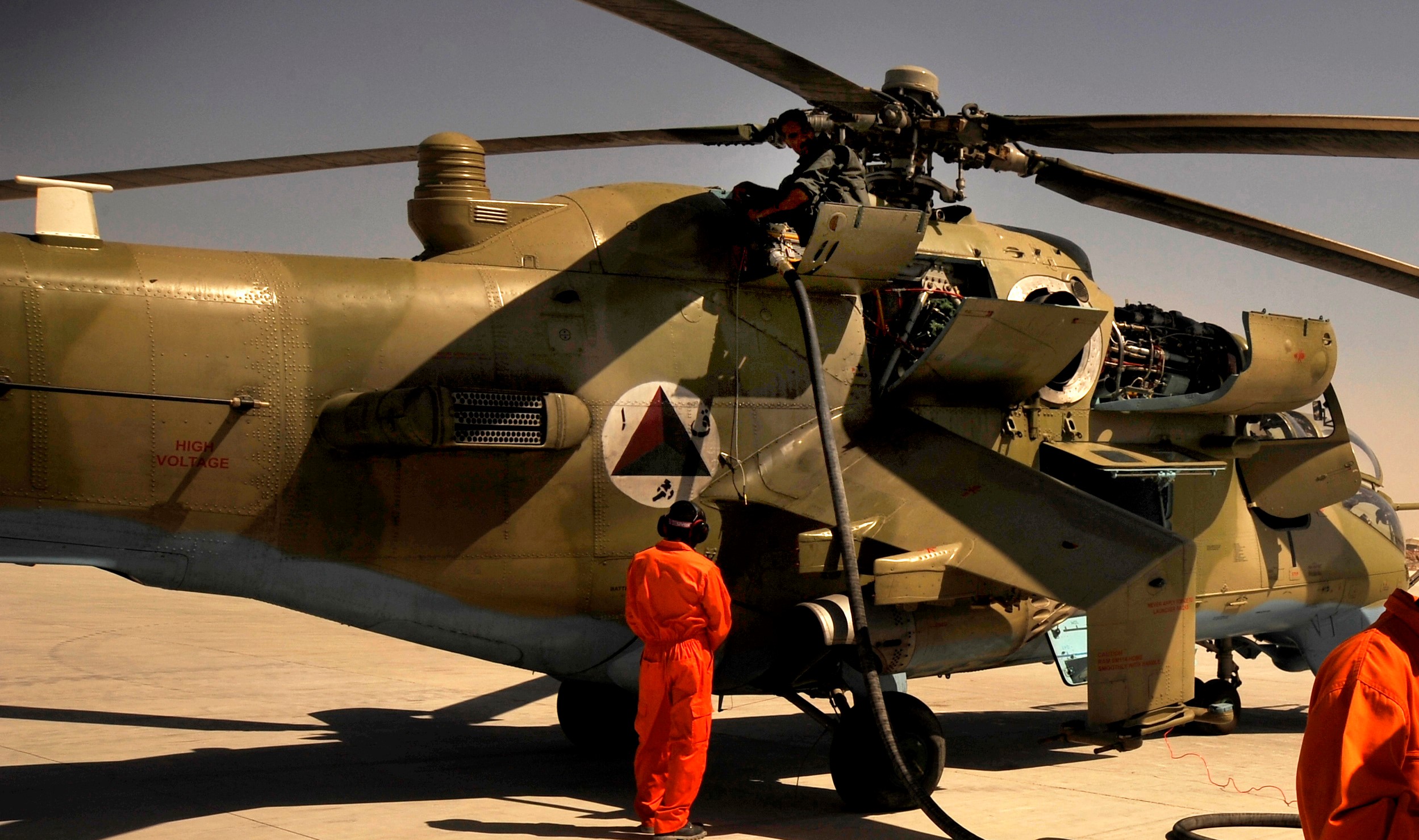


 Don’t forget the 57mm rockets.
Don’t forget the 57mm rockets.












